
Student Works: Middle School
-
8th Grade Art: Annual Class with a focus on building skills and portfolio creation in 2D, 3D, and Intermedia.
Student Interest Survey drove the curriculum for the year. All lessons tied to STEAM learning, Stanford’s d.school Design Thinking process, and increasing viewer interaction with the art work to better communicate the ideas behind the work. Weekly sketchbook and reflective journaling and regular community-building critiques at each unit end. Review of Annual Portfolio completed at each Trimester end.
-
7th Grade Exploring Art : Thirteen-Week Trimester Introductory Course in 2D, 3D, and Introductory Skills
All lessons tied to STEAM learning, Stanford’s d.school Design Thinking process, and using art work as a tool for communication of ideas, with Claim / Evidence / Reasoning (CER) embedded in regular Visual Thinking Strategies (VTS) sessions. Community-building critiques at each unit end. Short portfolio creation and review.
-
8th Grade Ceramics: Annual Class
All lessons tied to STEAM learning, Stanford’s d.school Design Thinking process, and environmental, scientific, and industrial connections made. Hand-Building and Wheel-Thrown Pottery with mid-fire clay. Form, Function, and Abstraction addressed building from Low Relief works High Relief Sculpture and functional pottery. Regular community-building critiques at each unit end. Review of Annual Portfolio completed at each Trimester end.


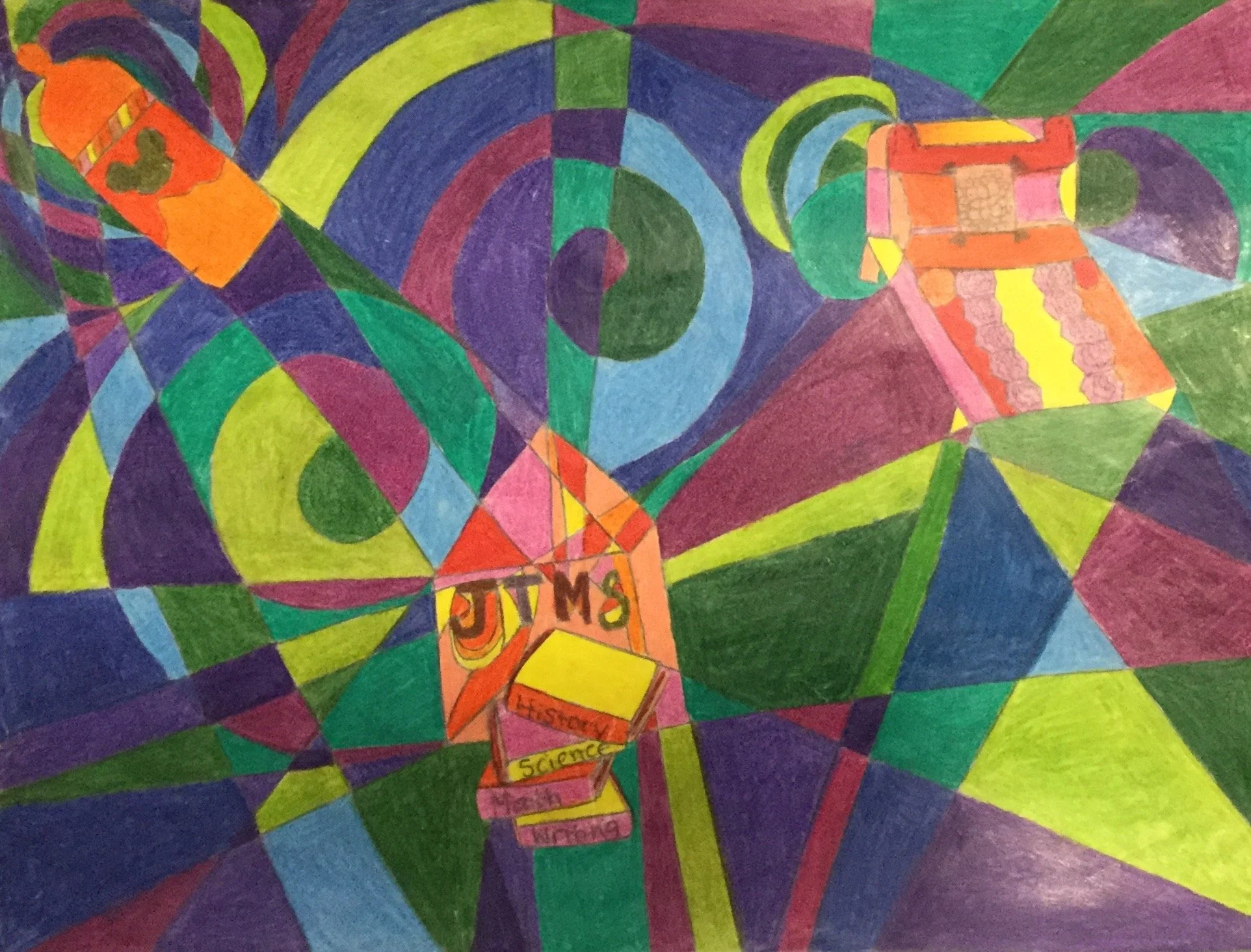
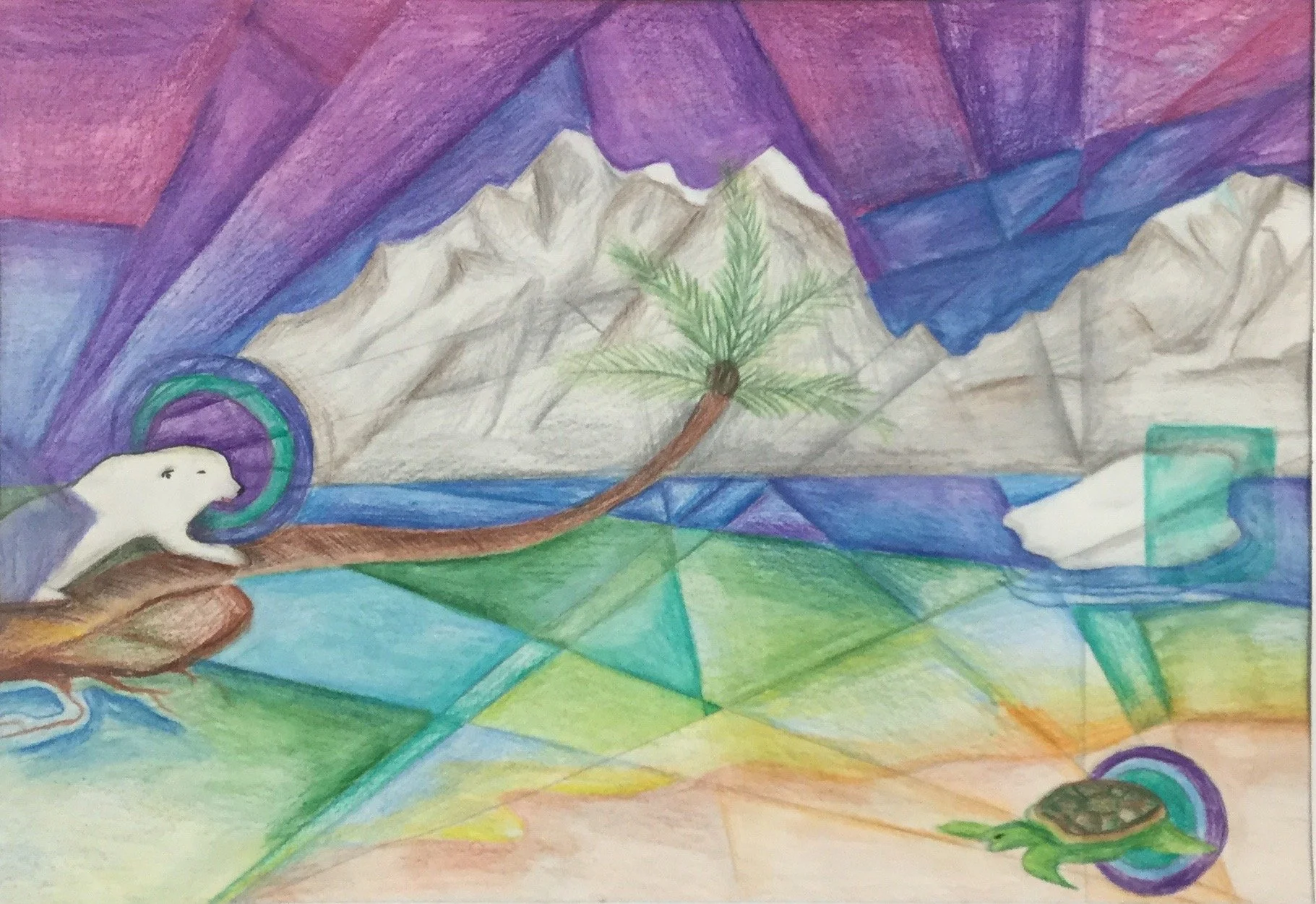


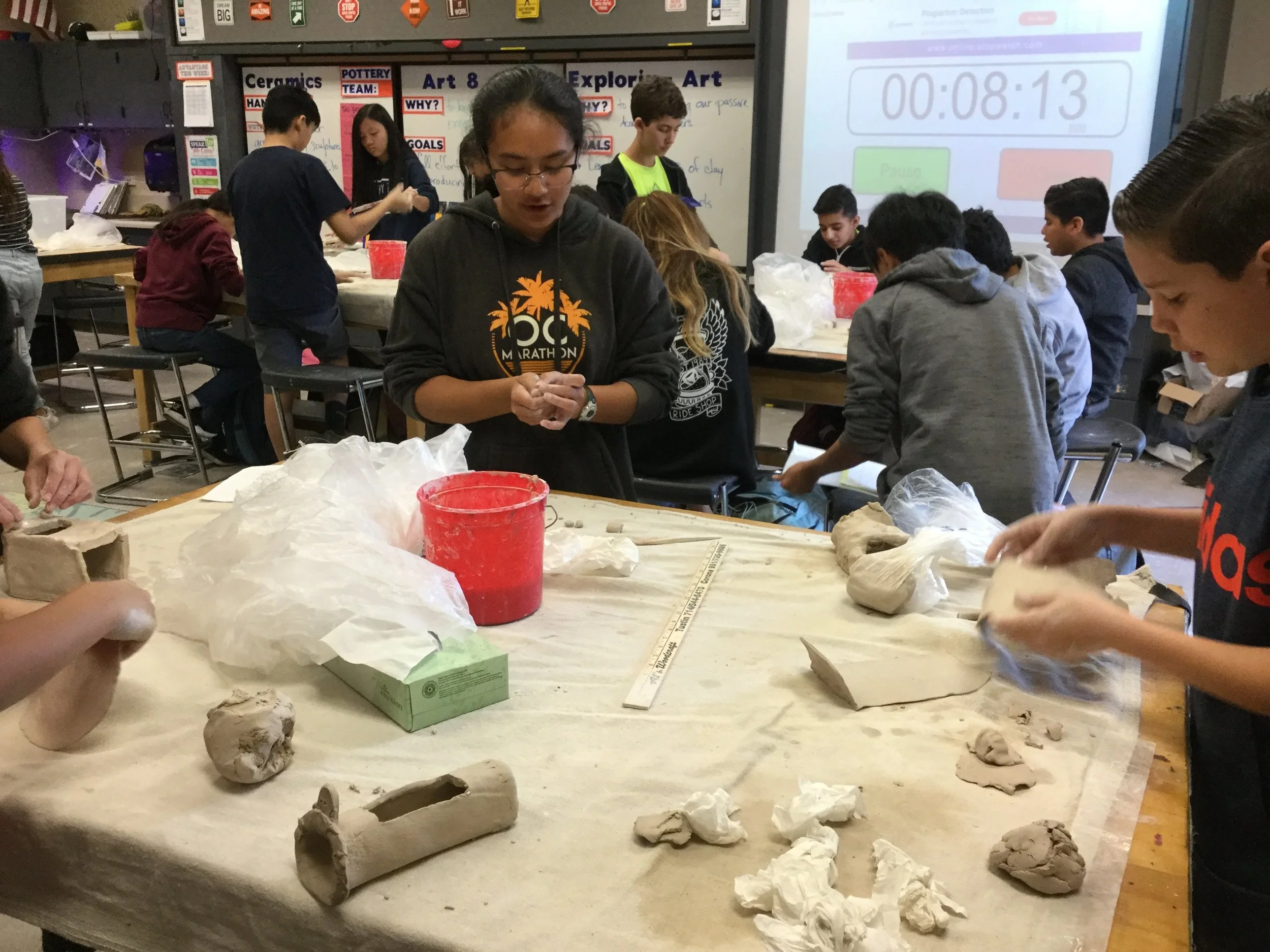


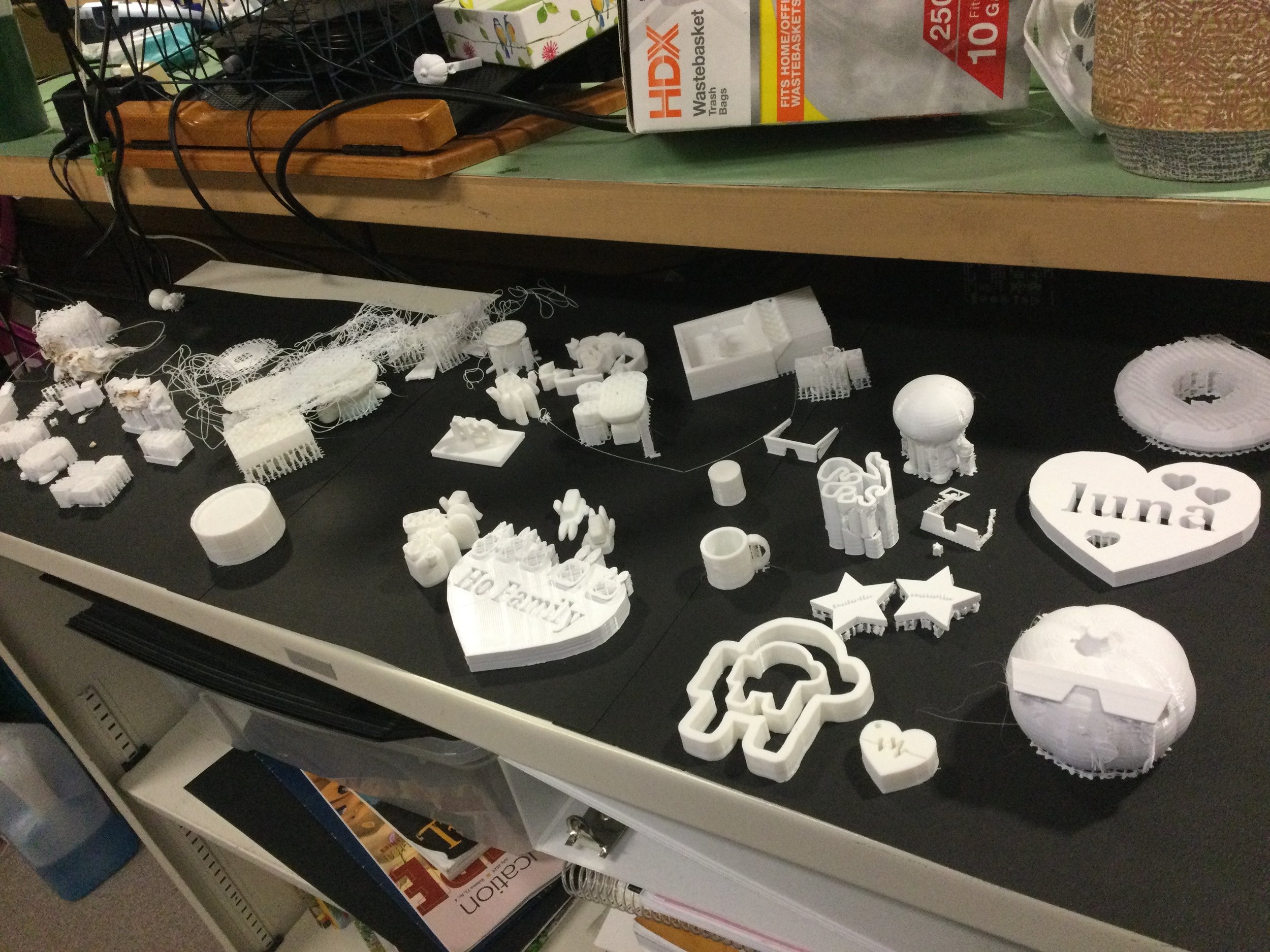




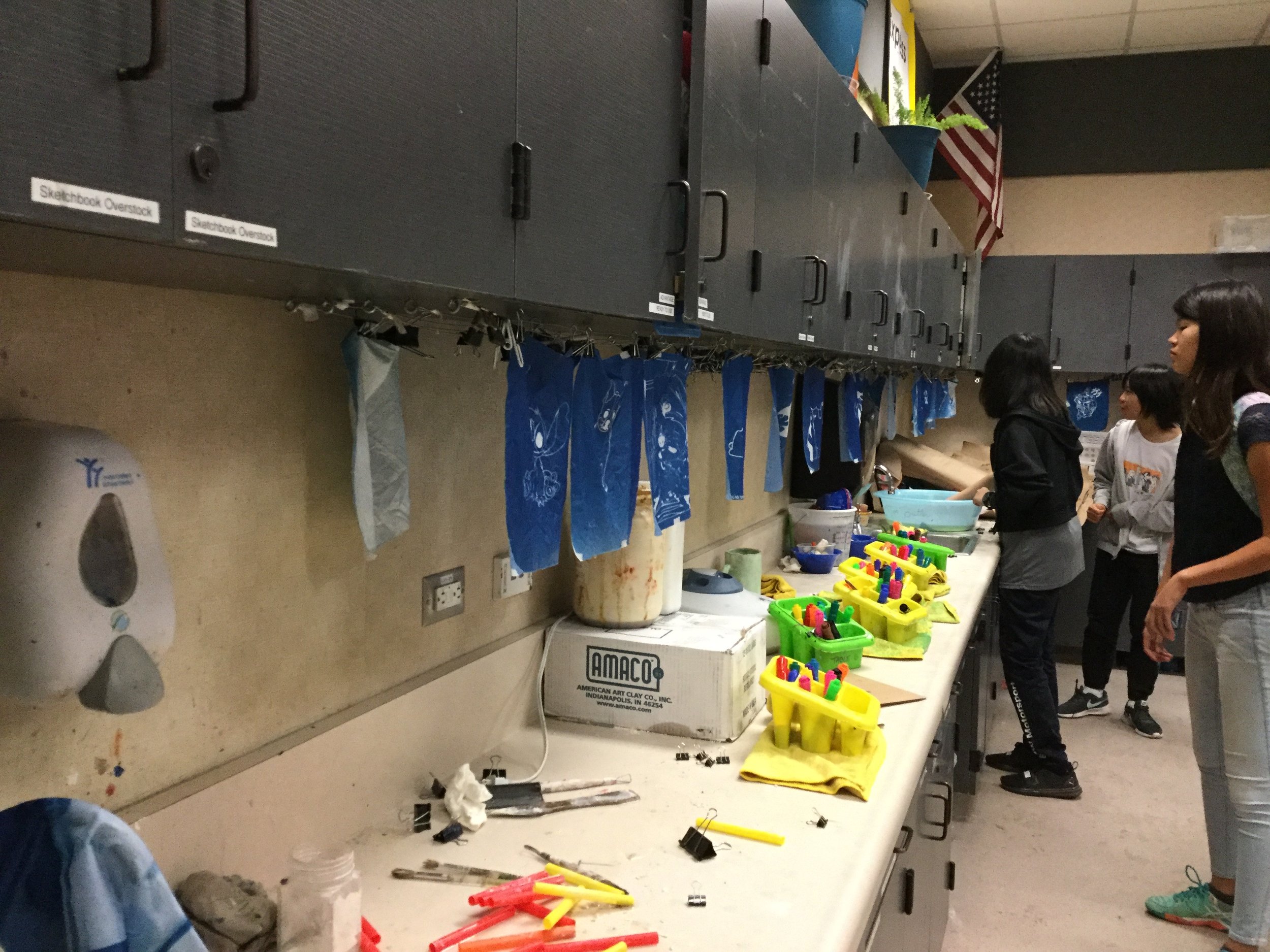
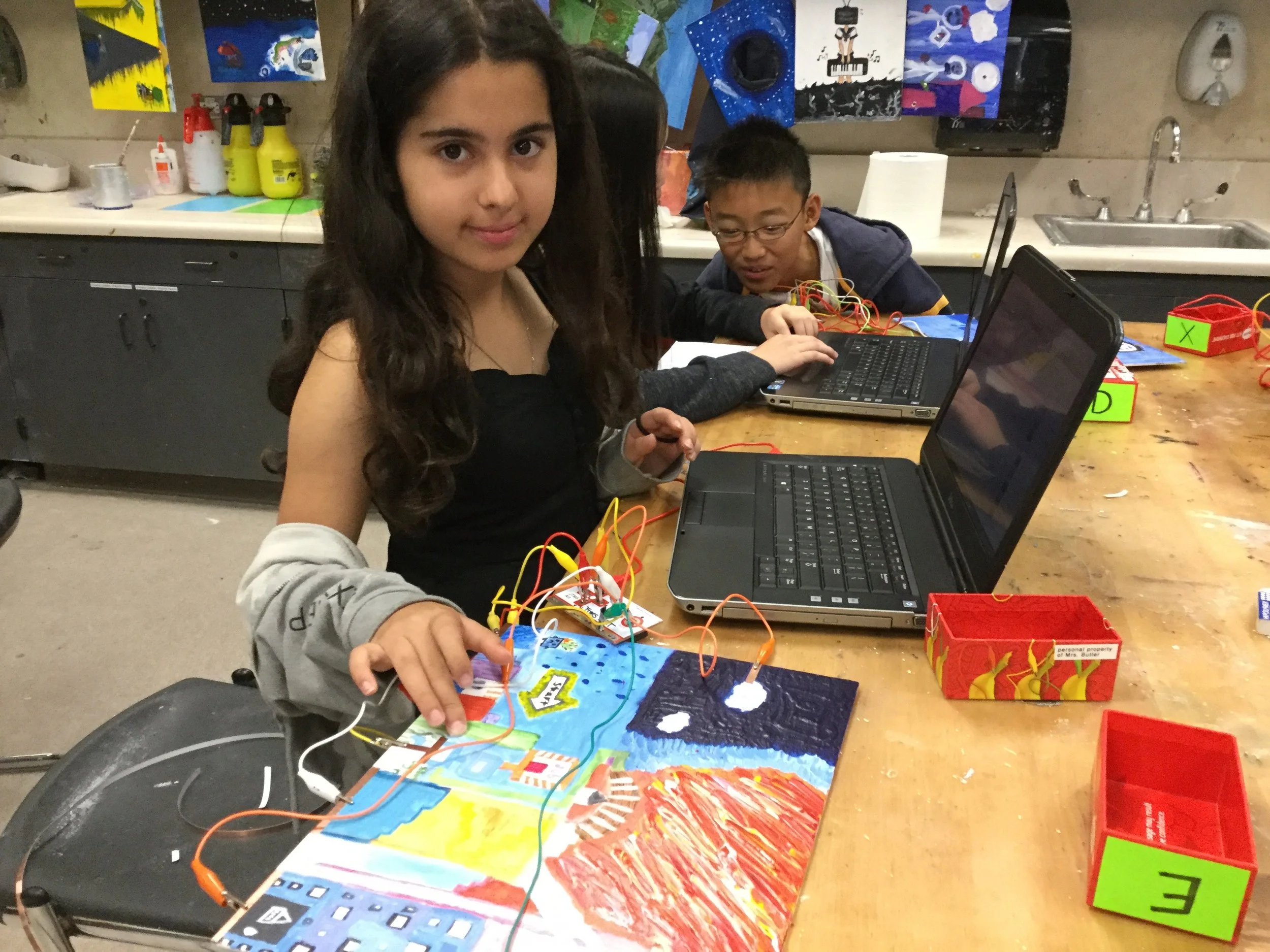
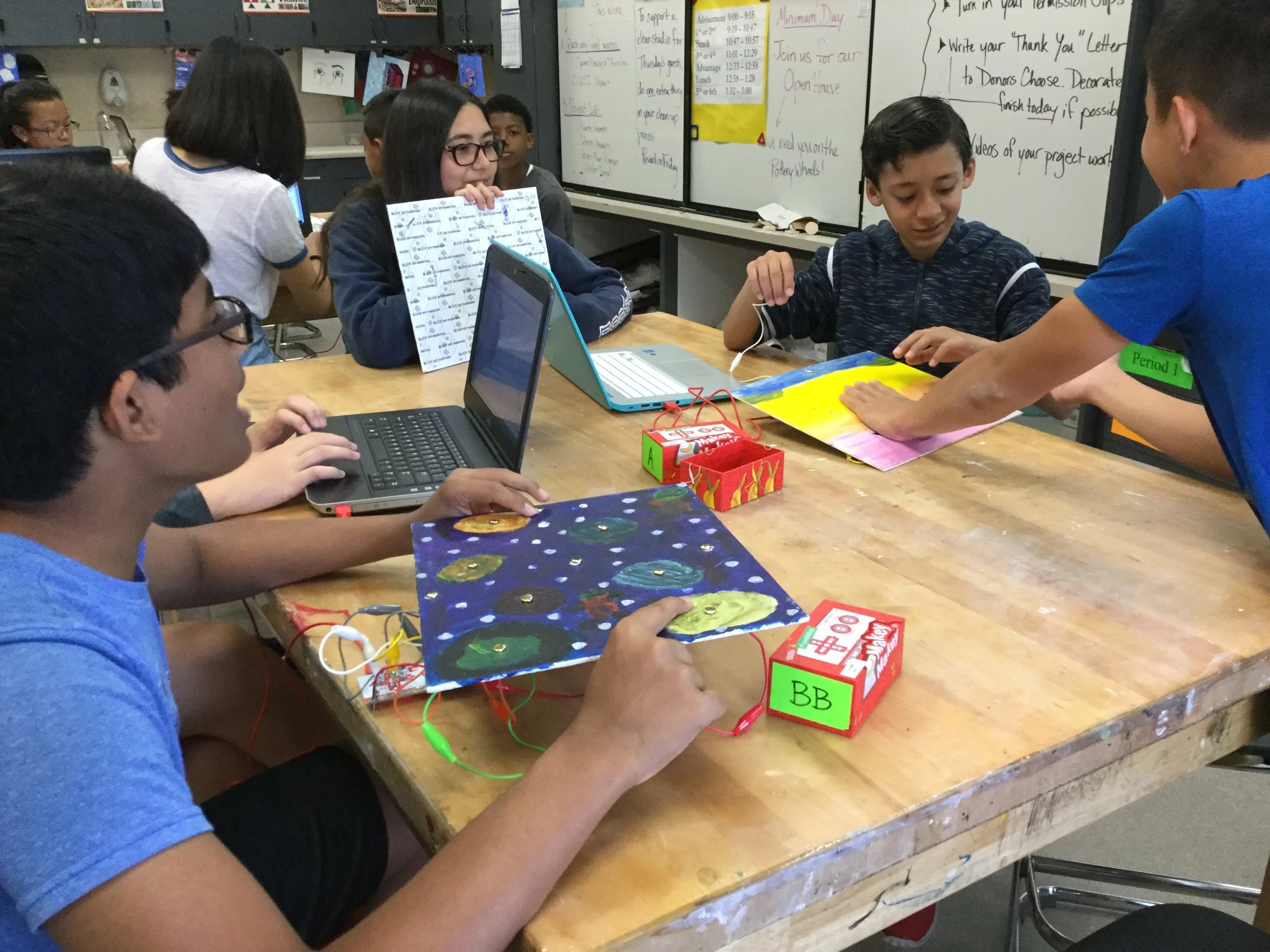
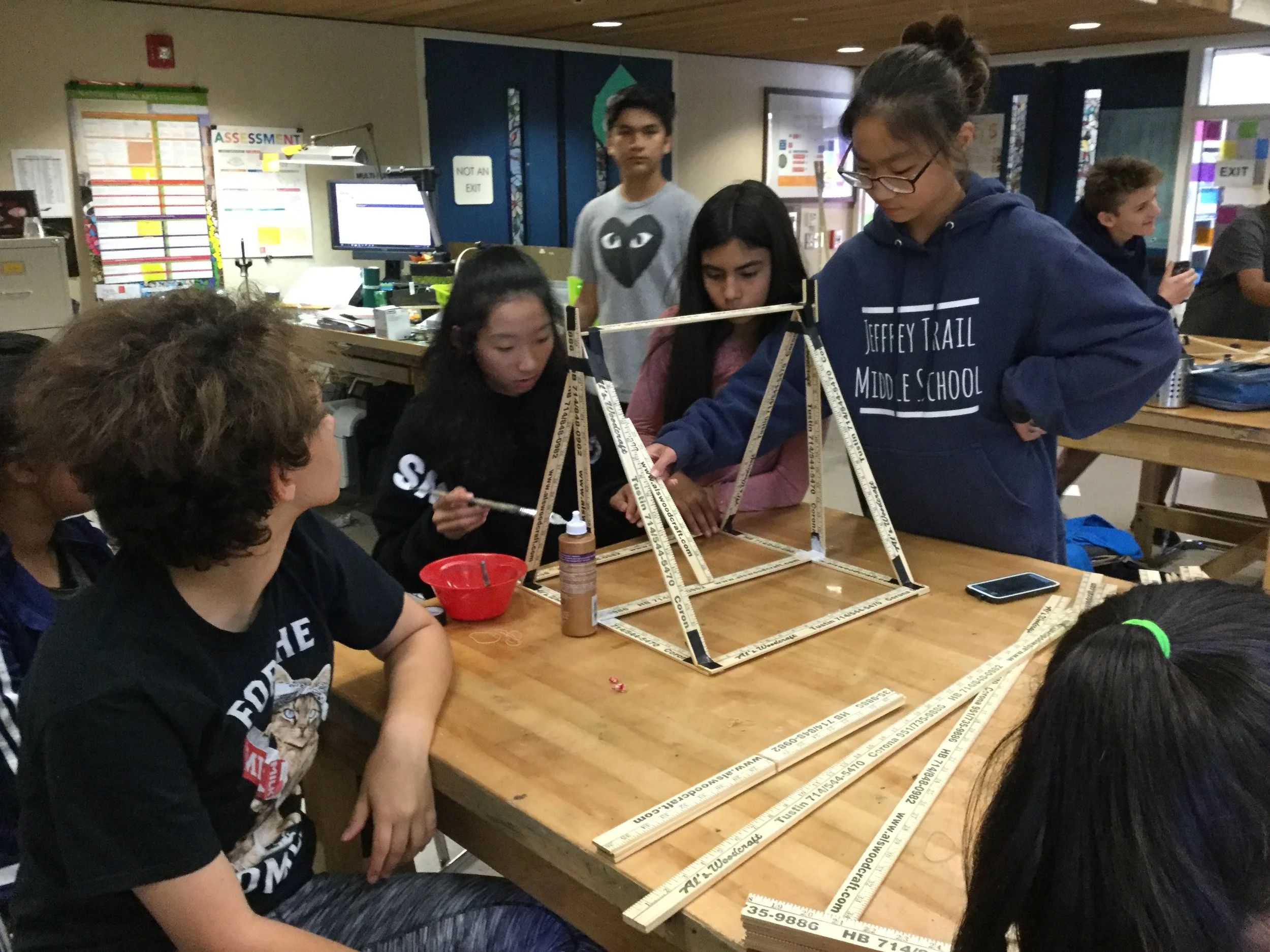

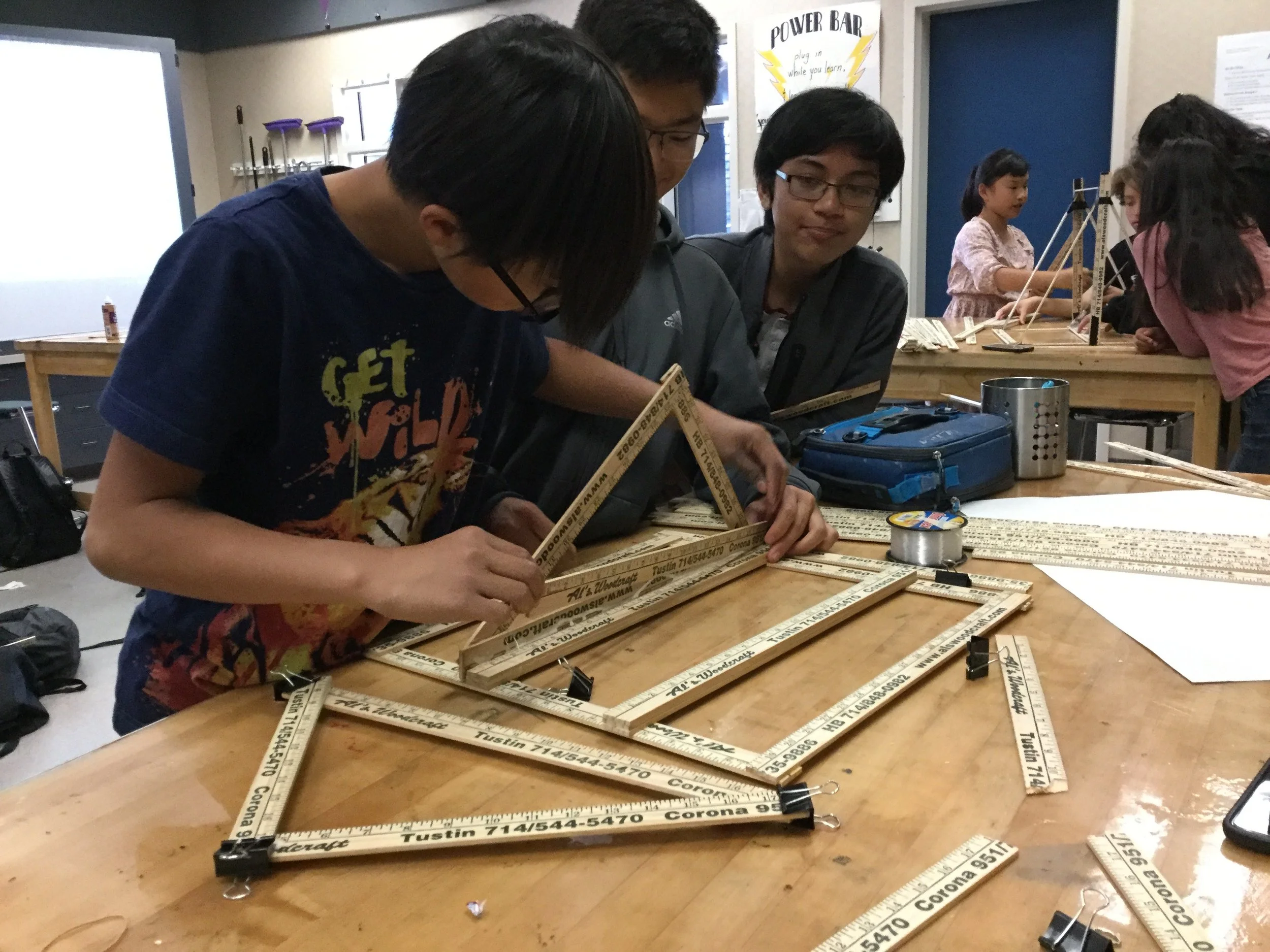
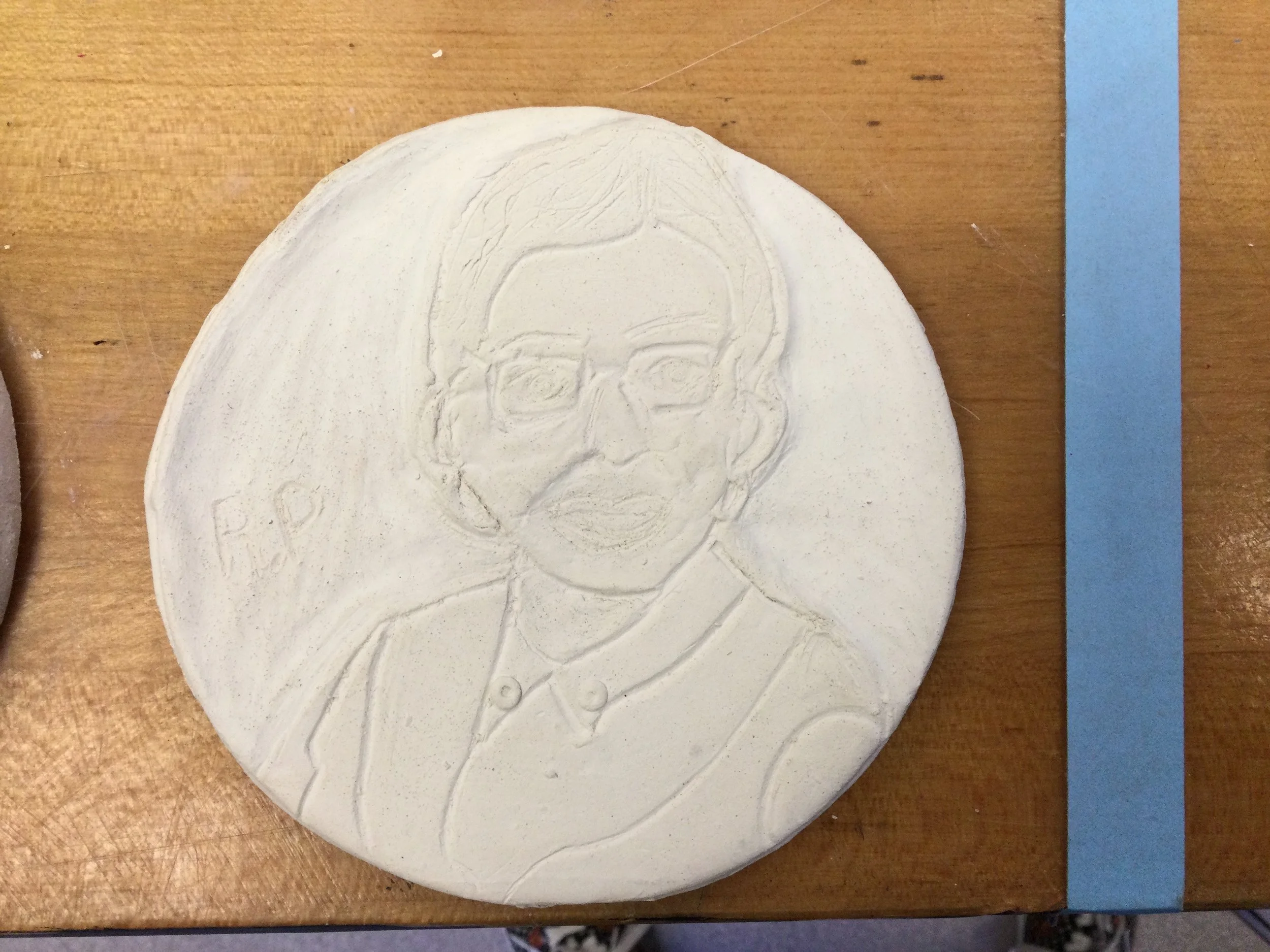

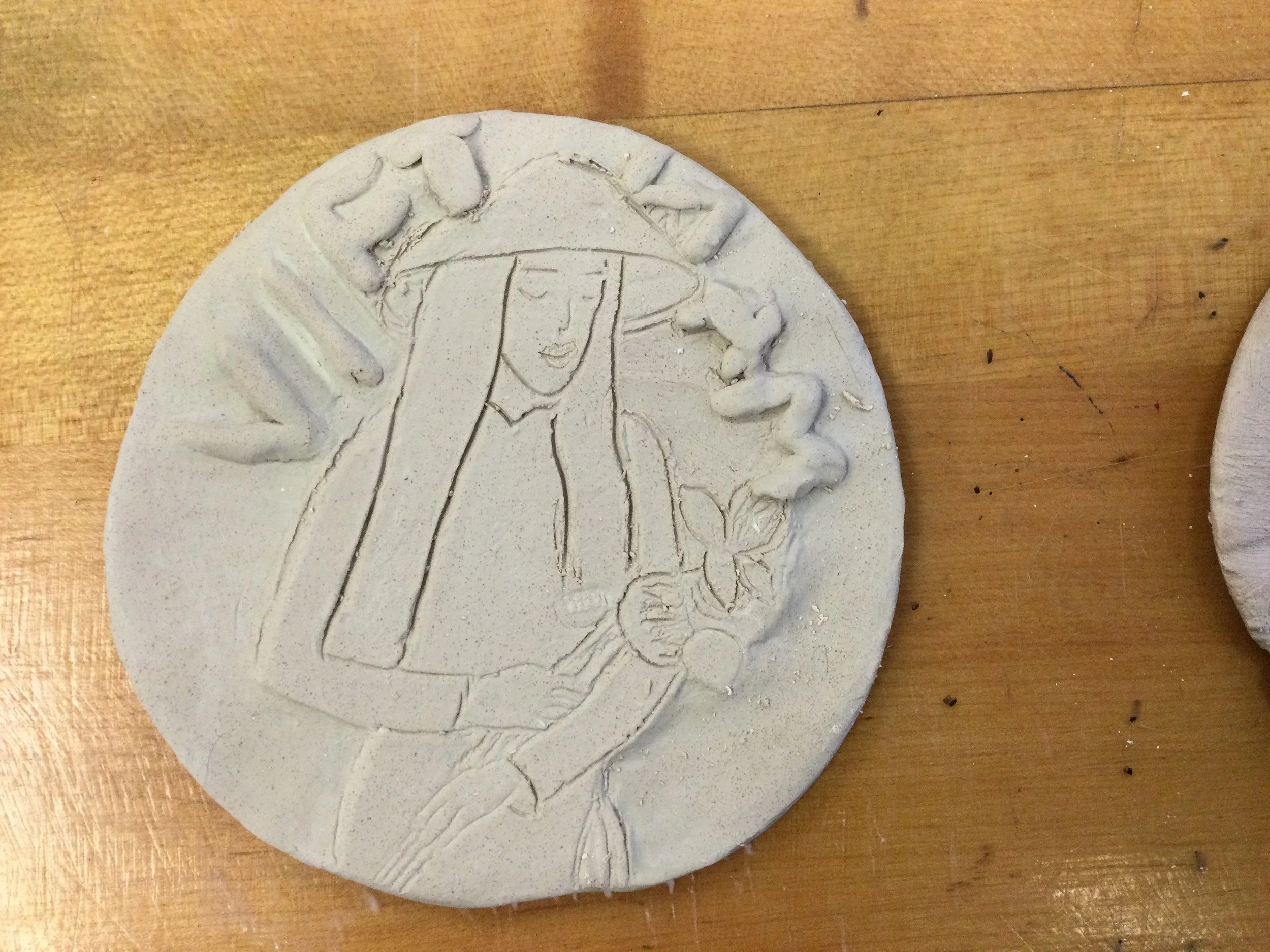
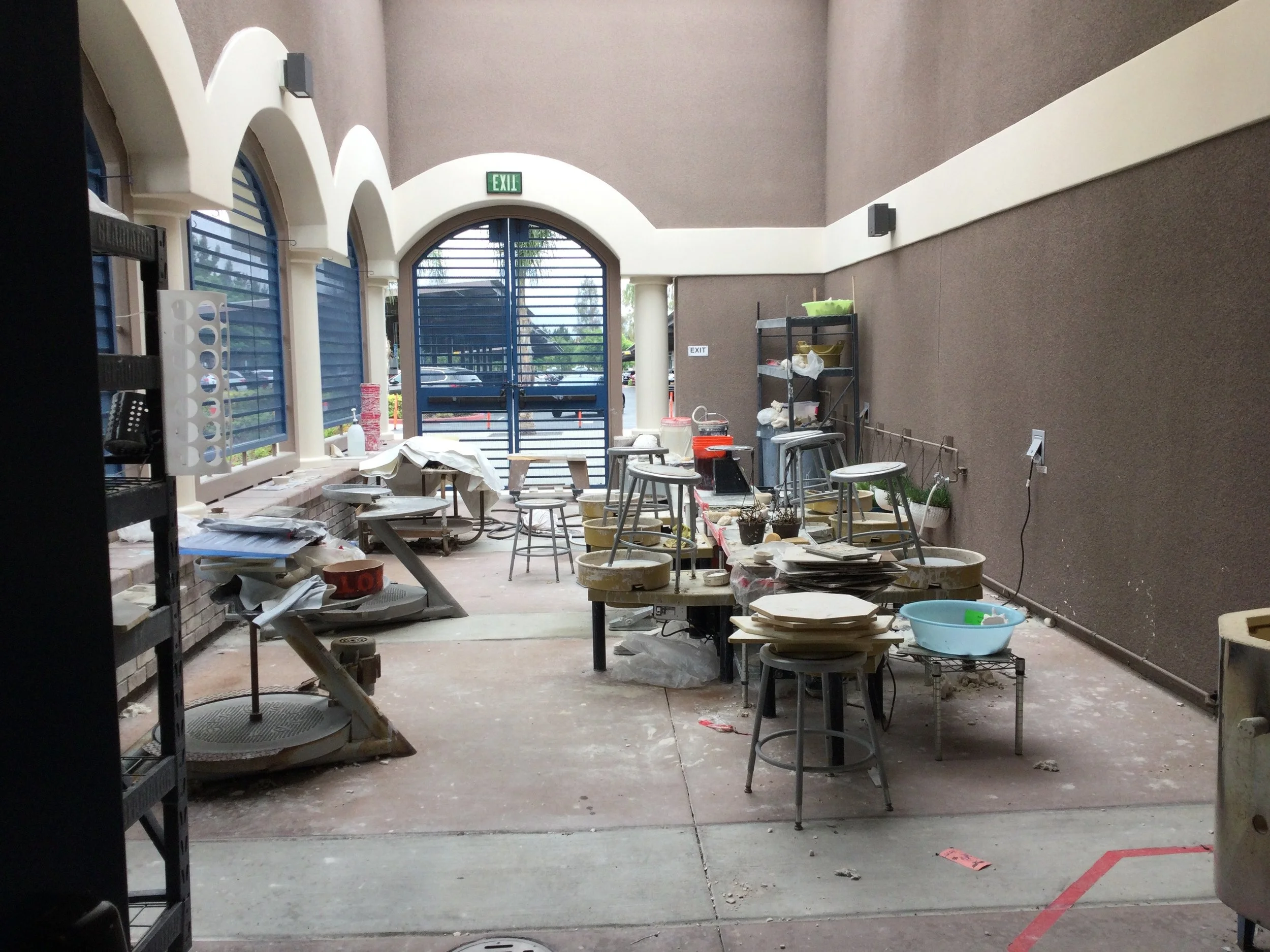
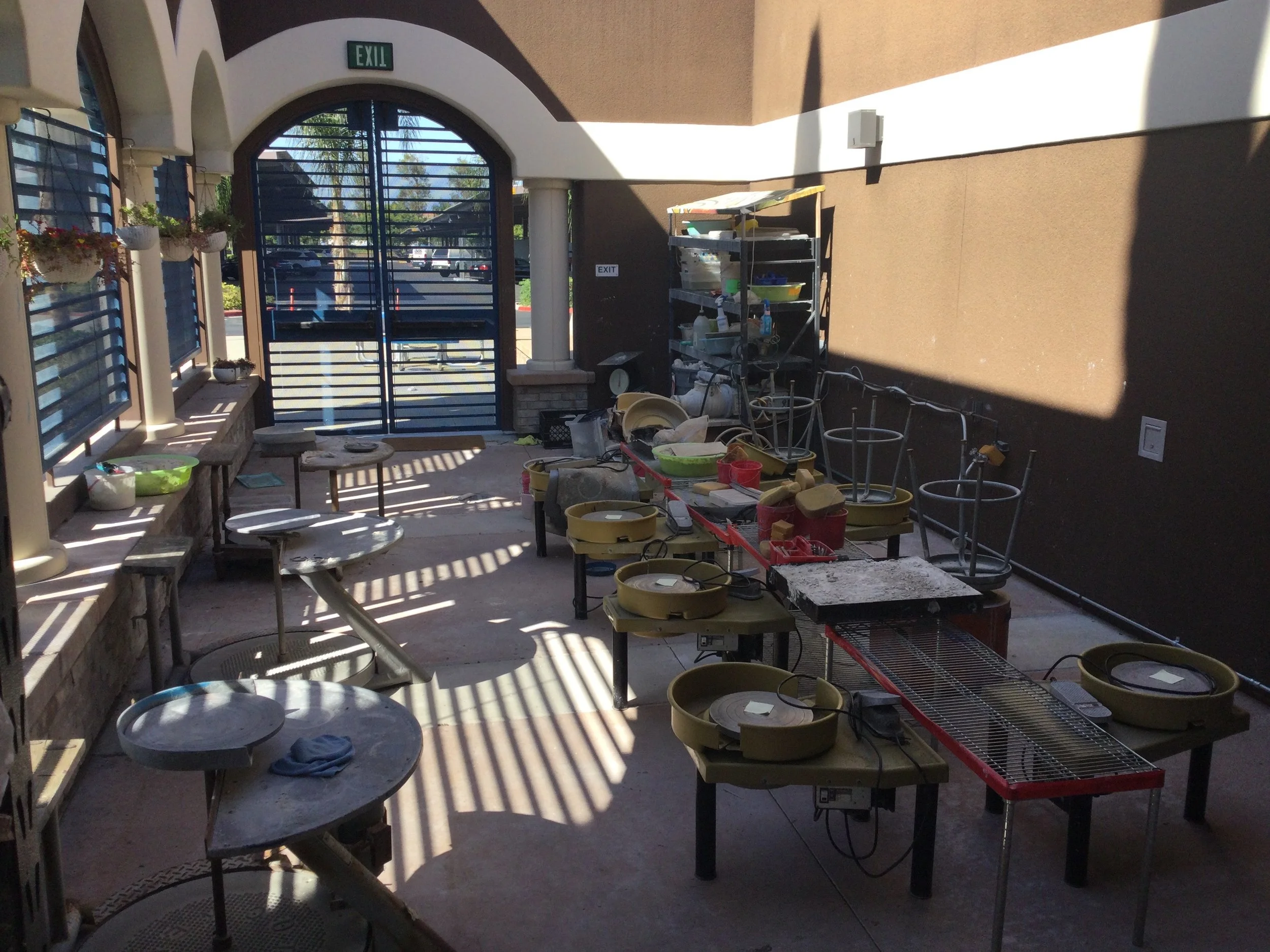
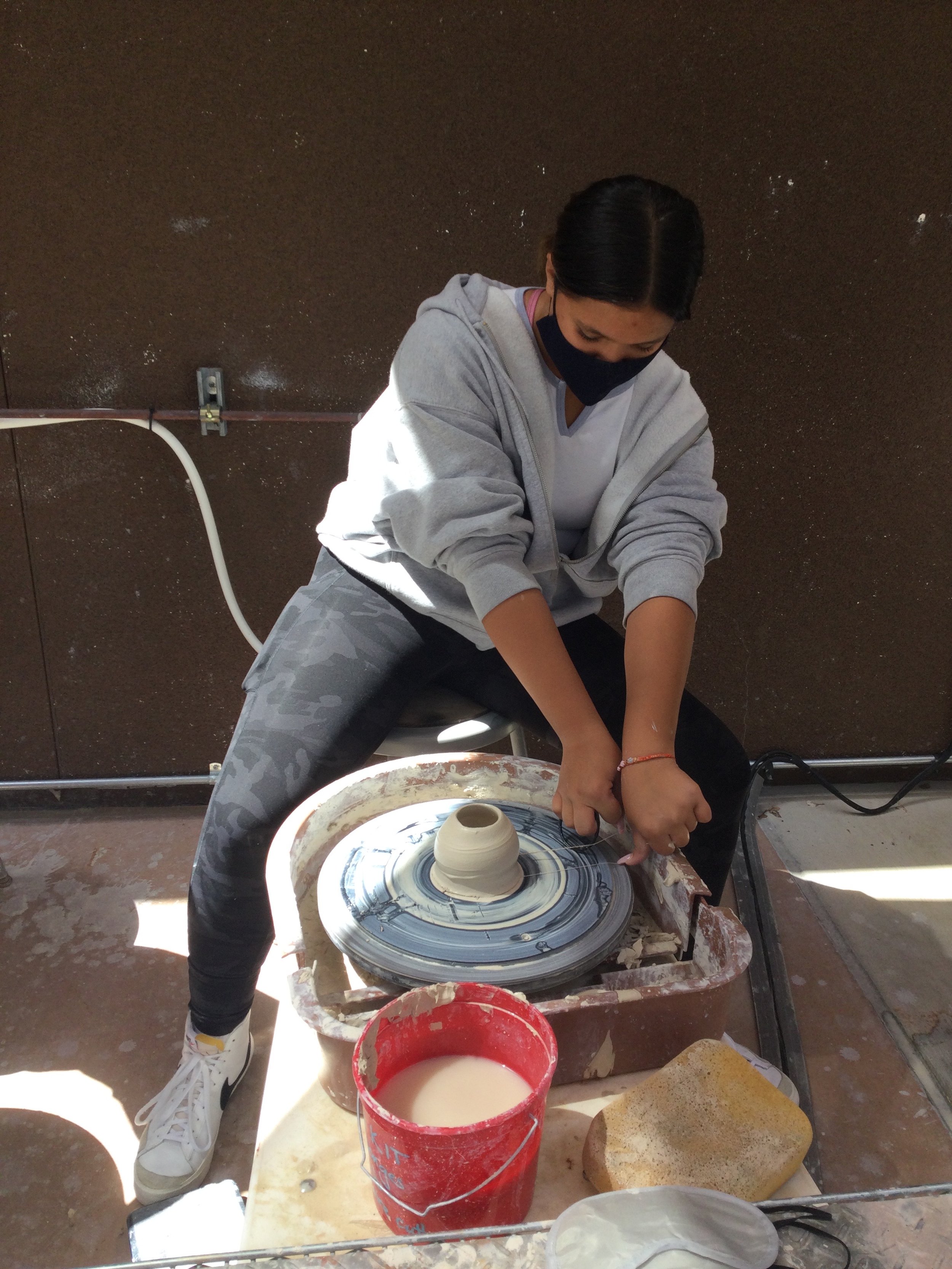
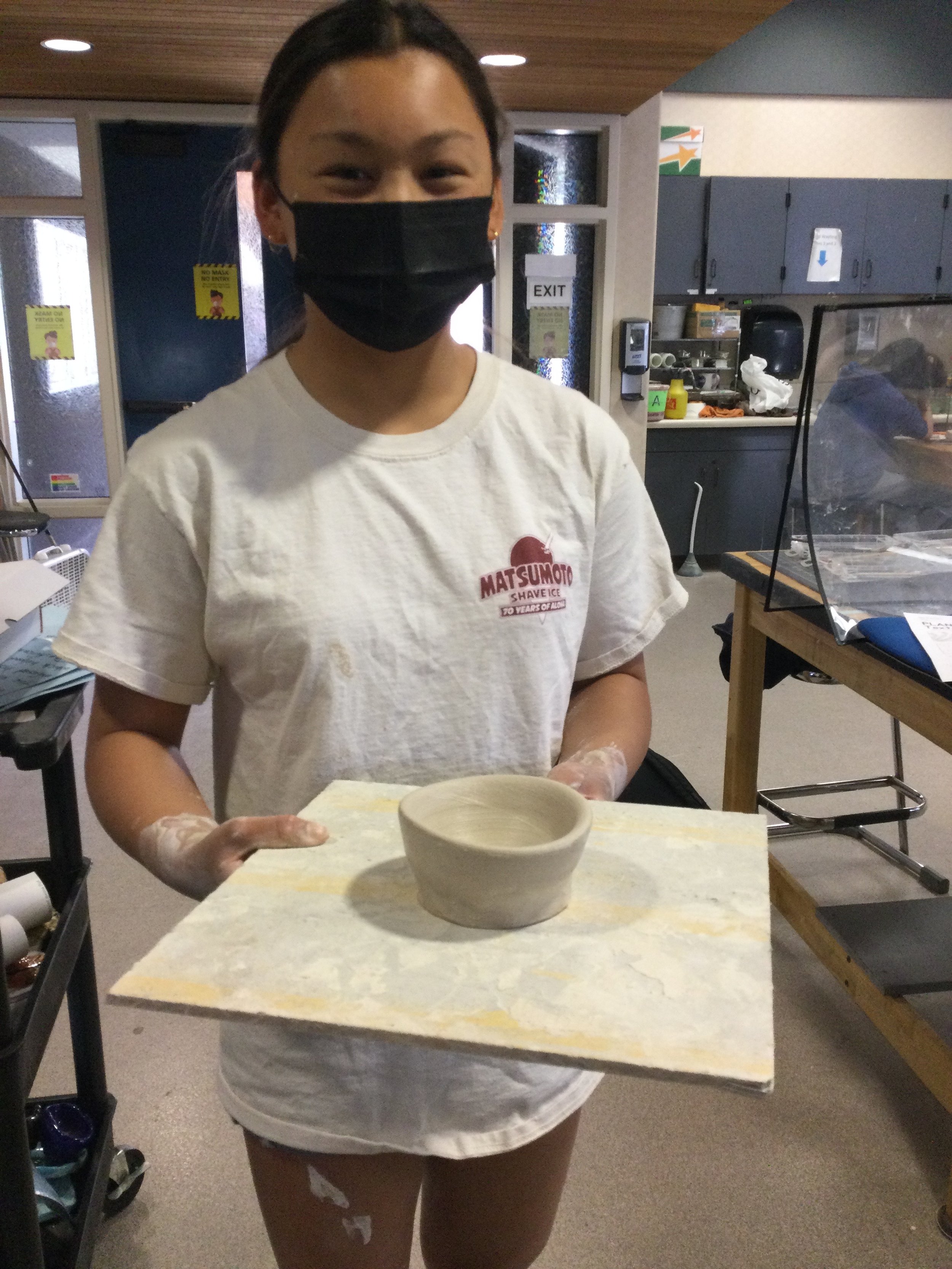



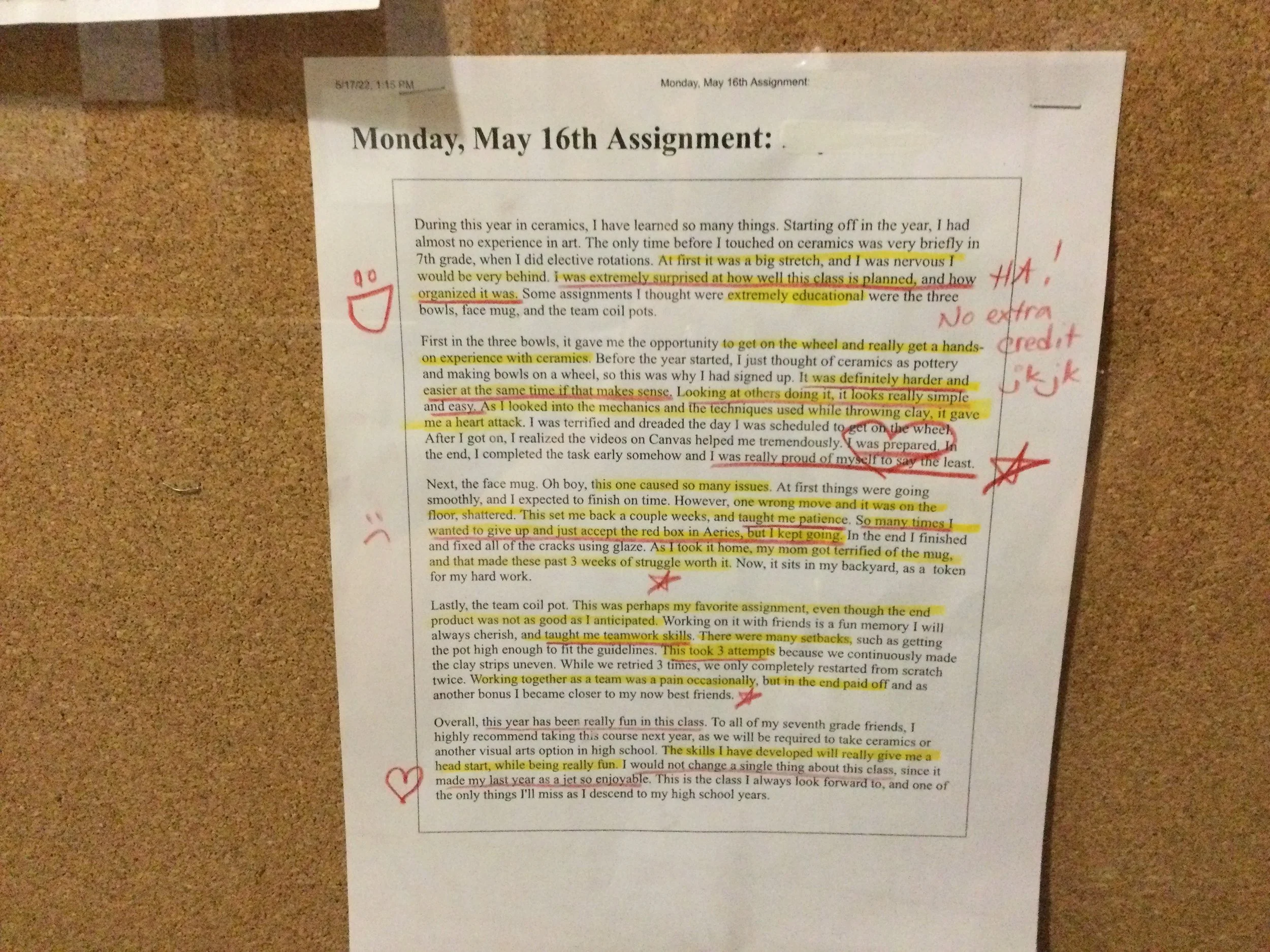
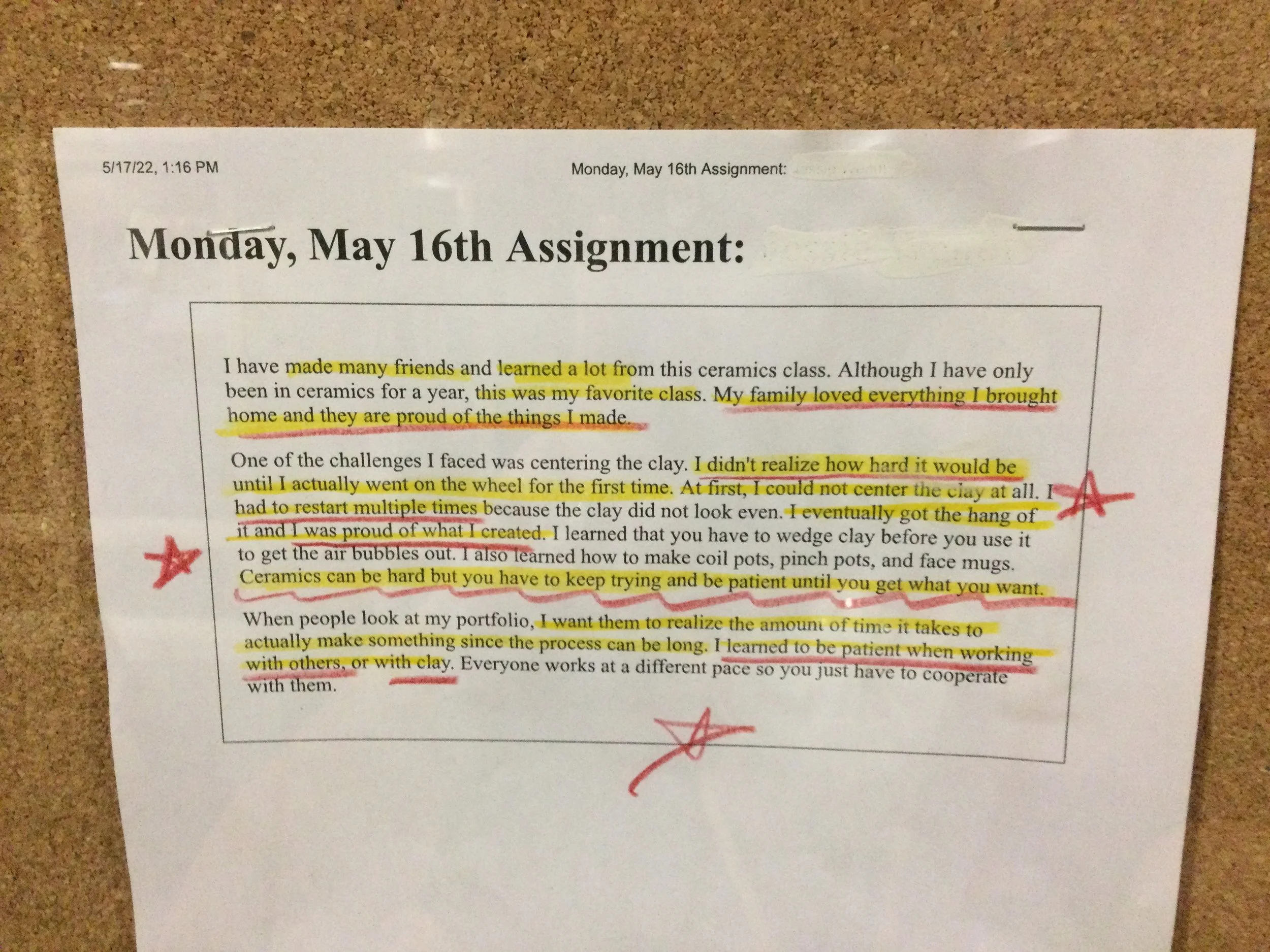

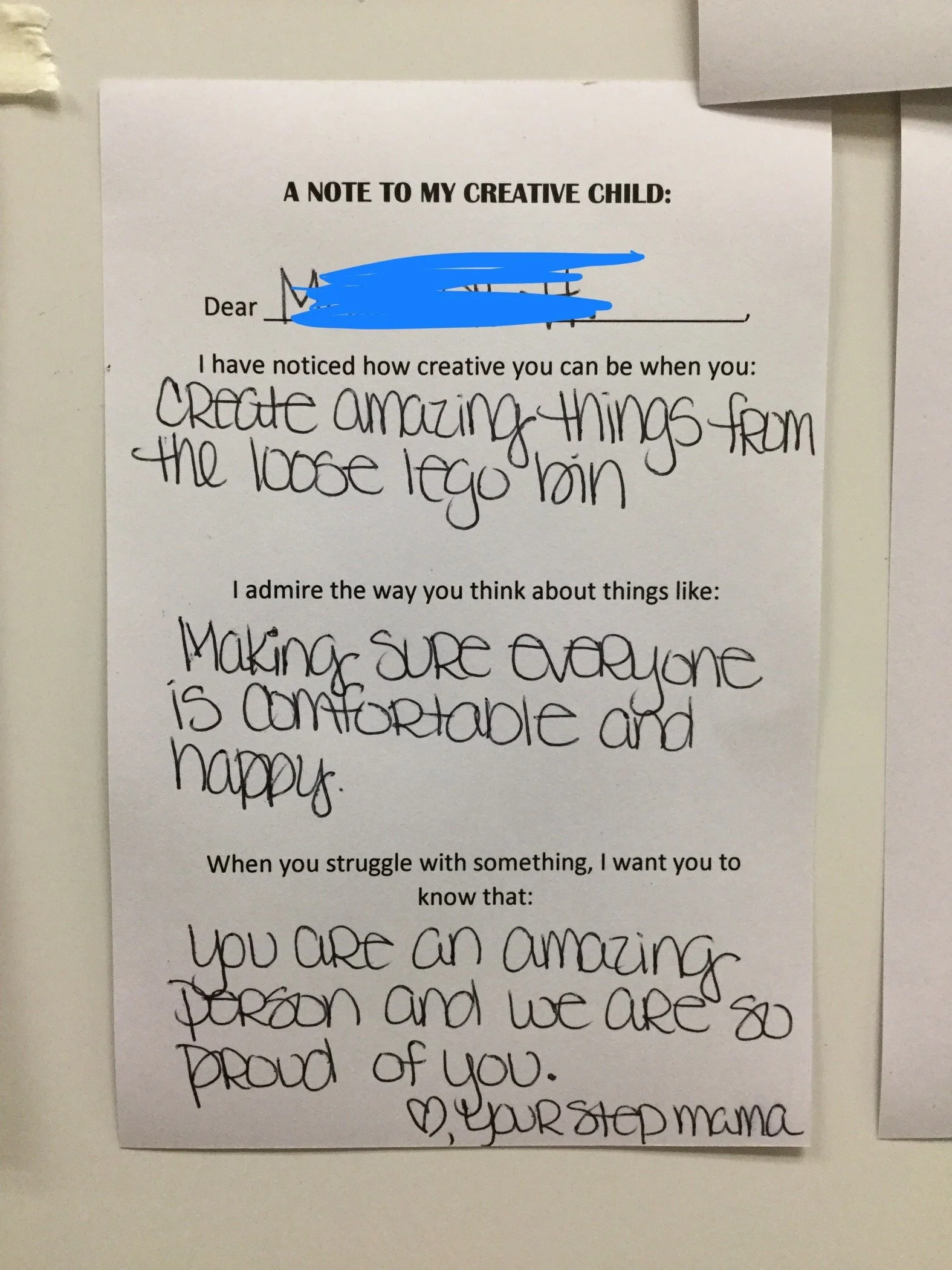
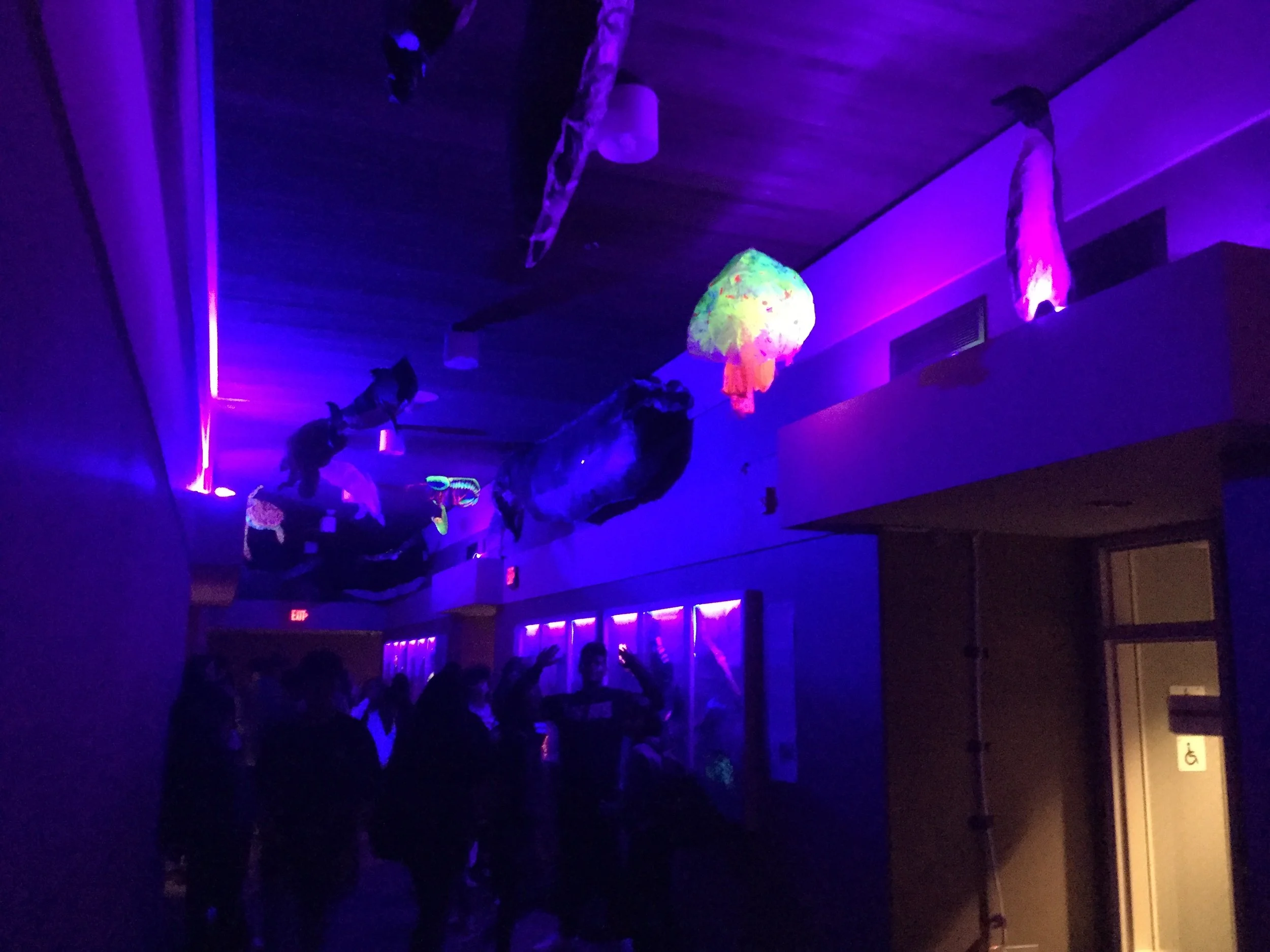
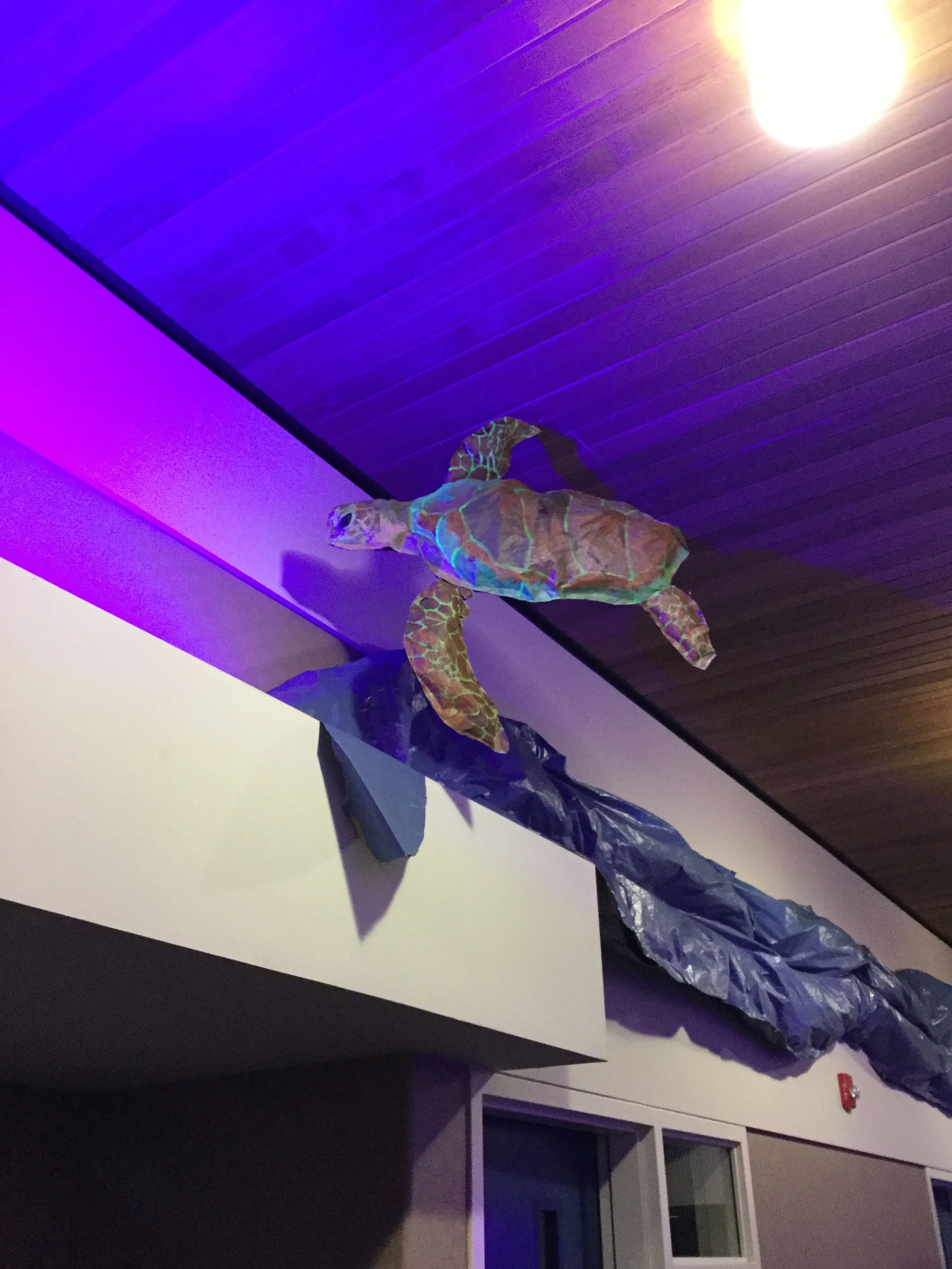
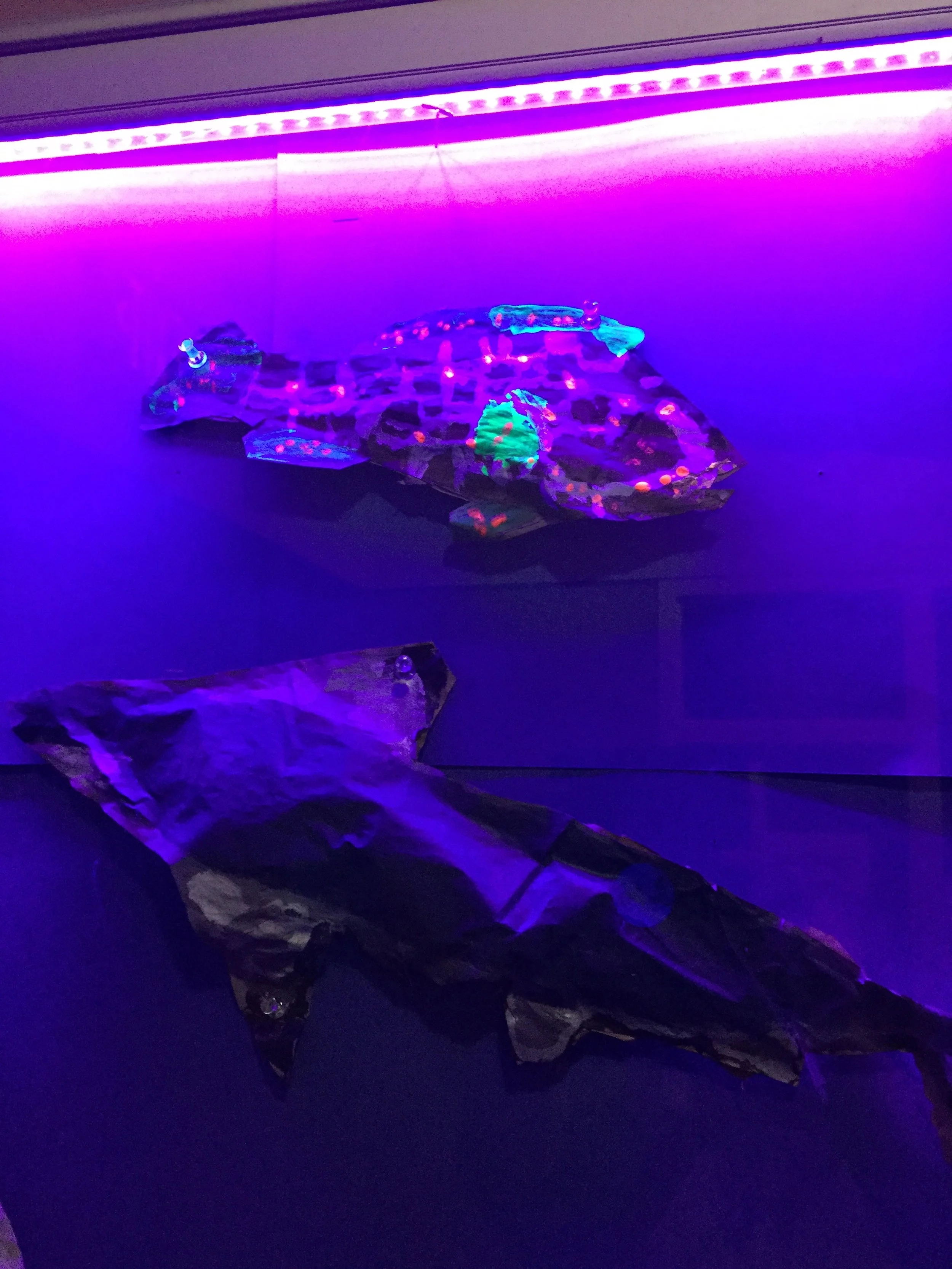
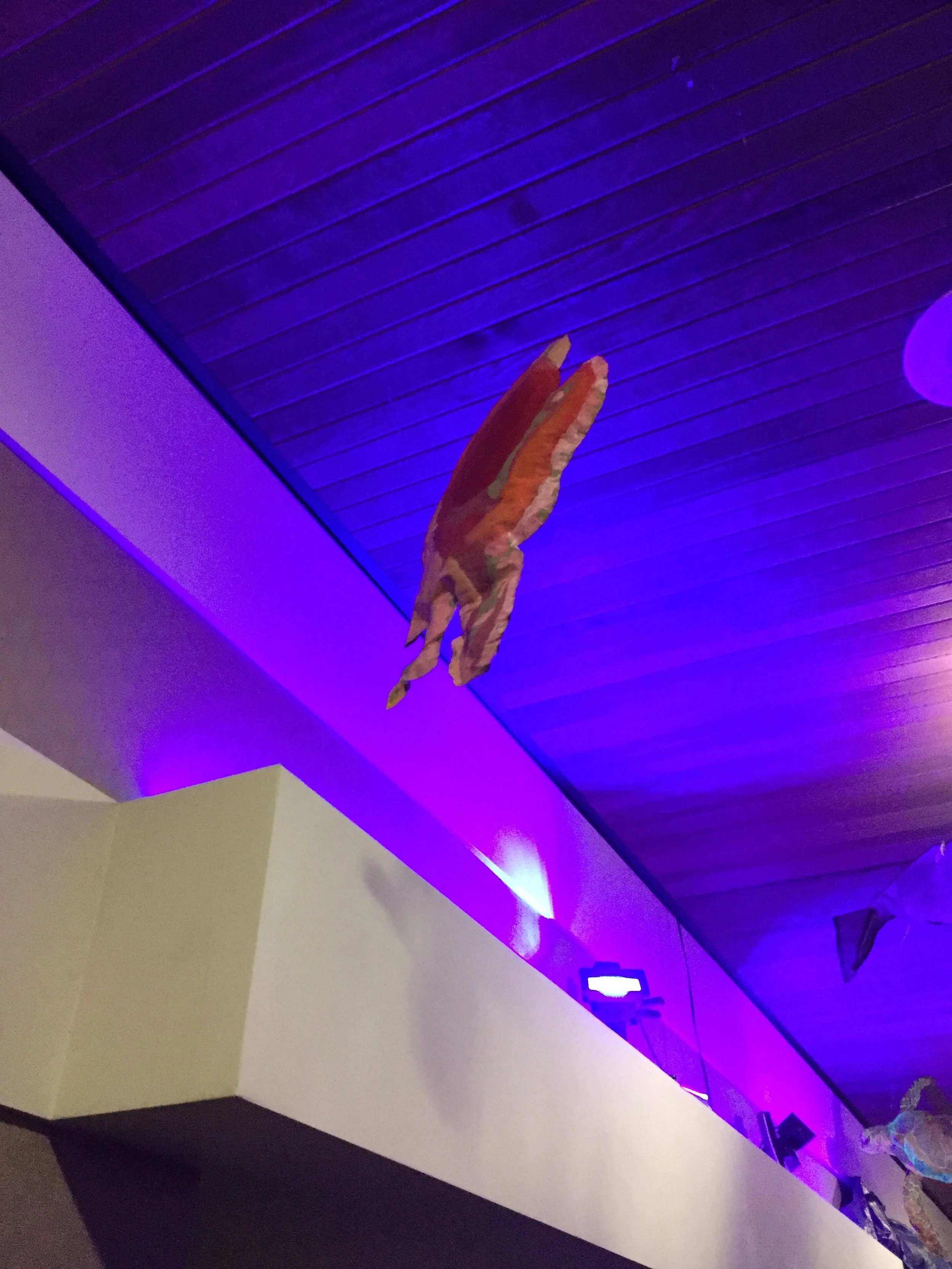

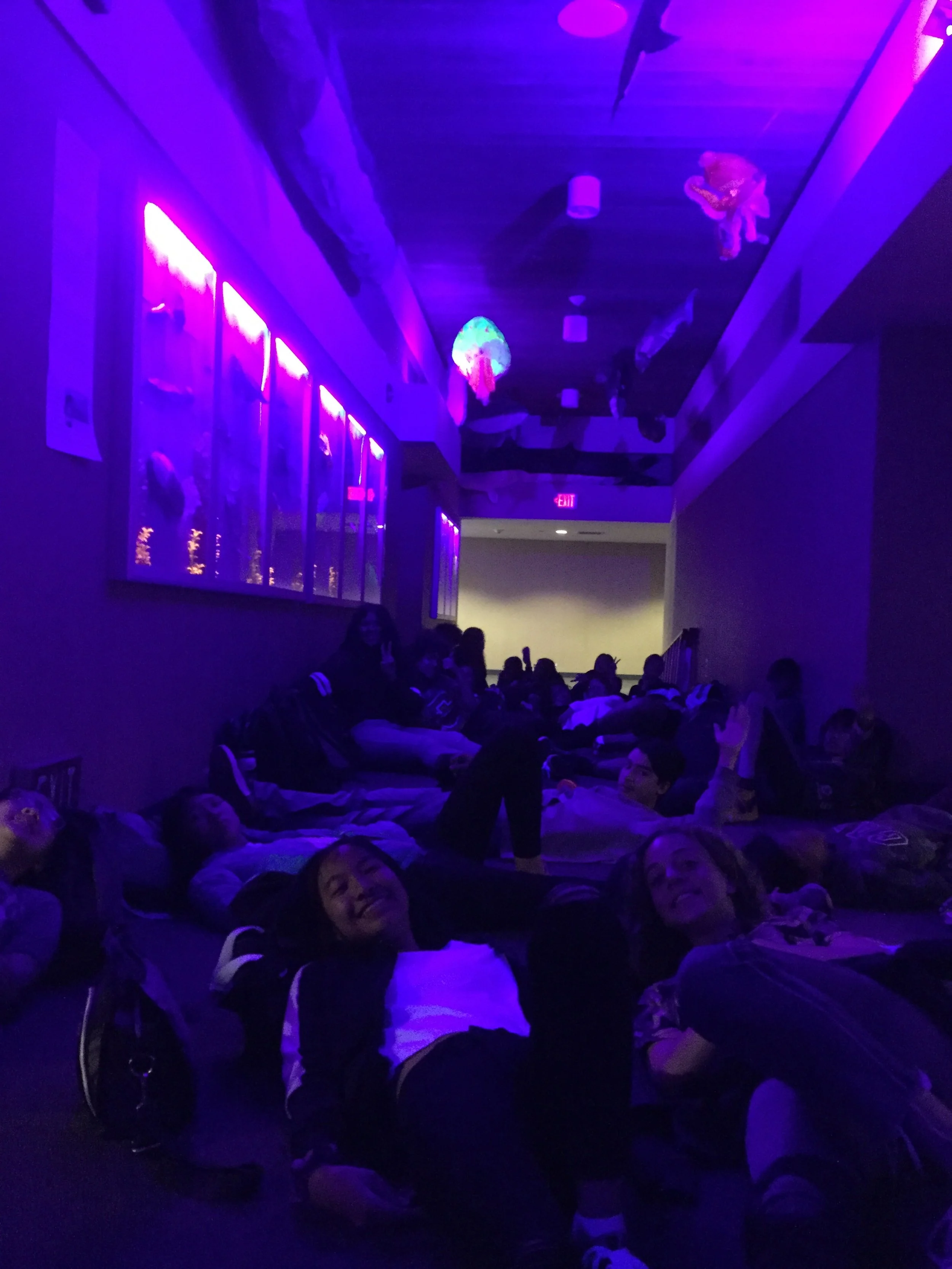
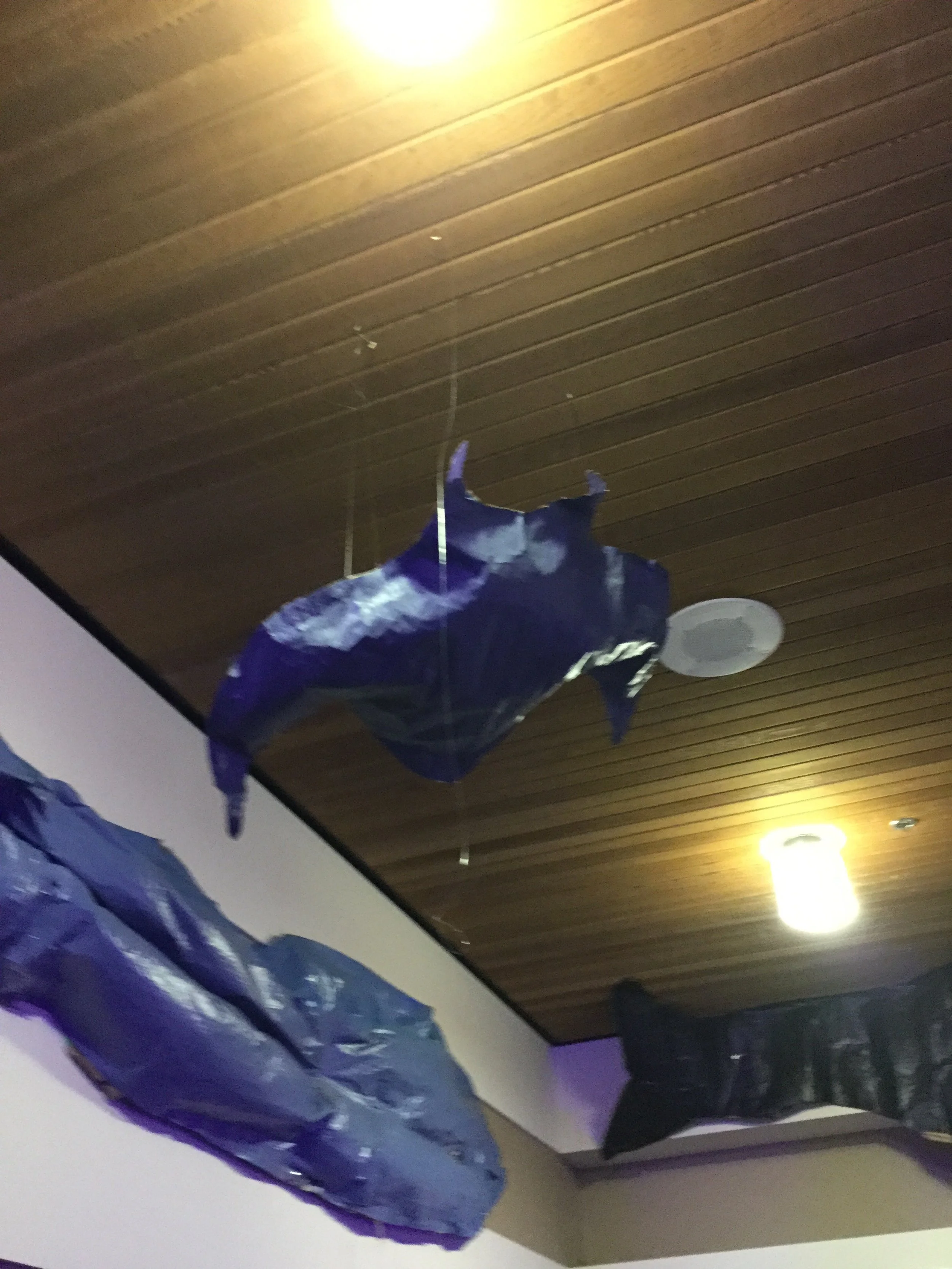
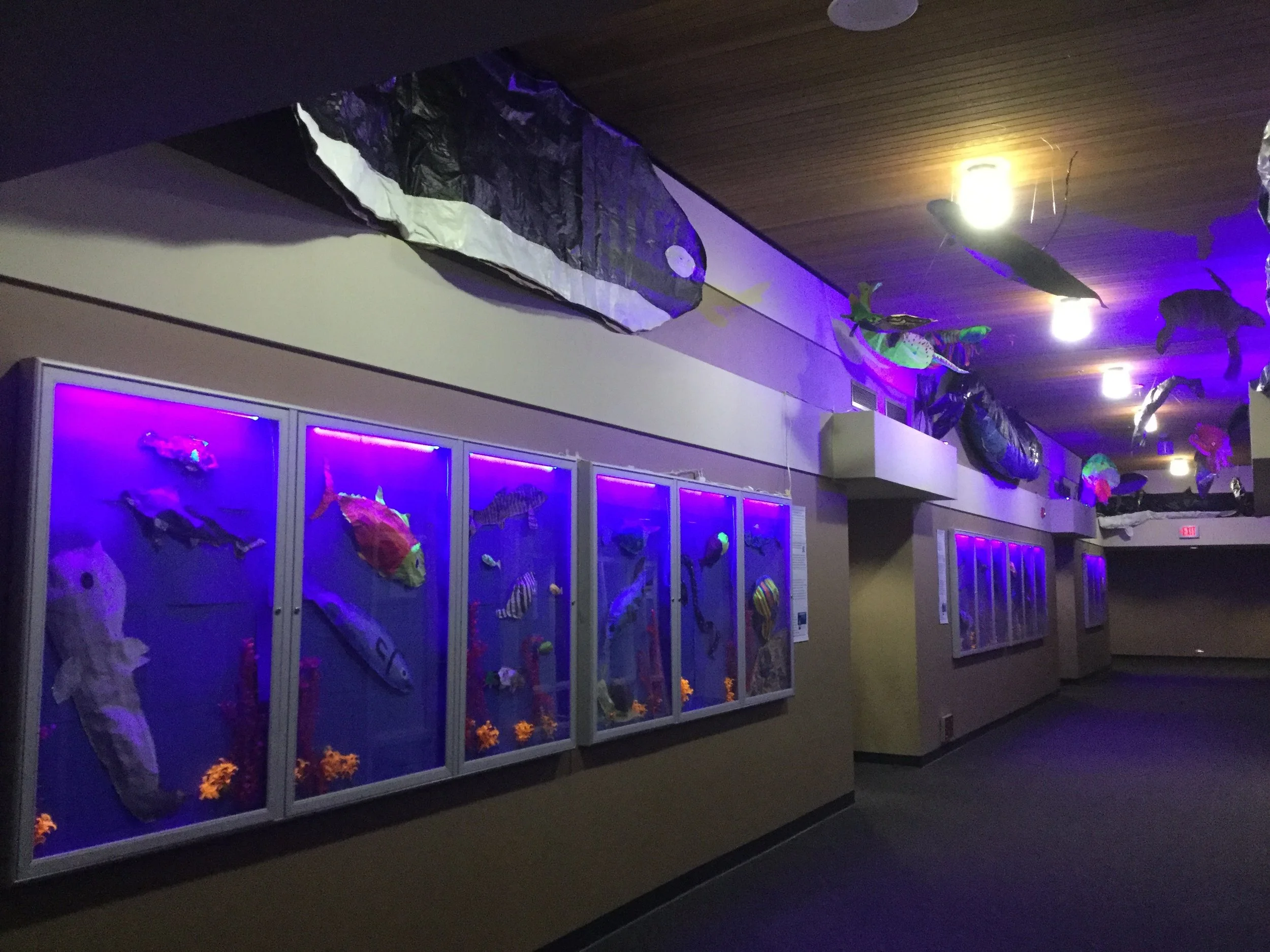

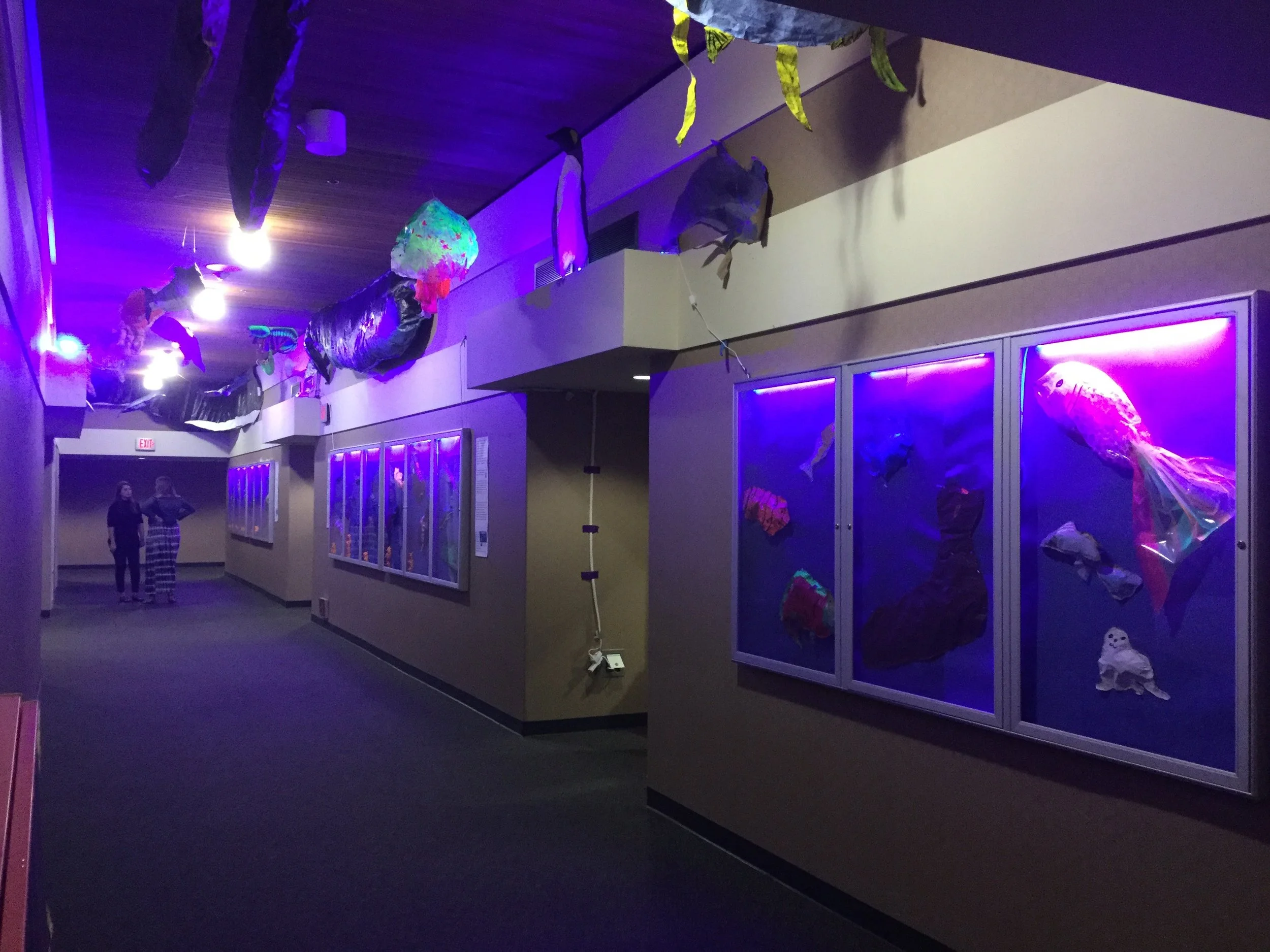

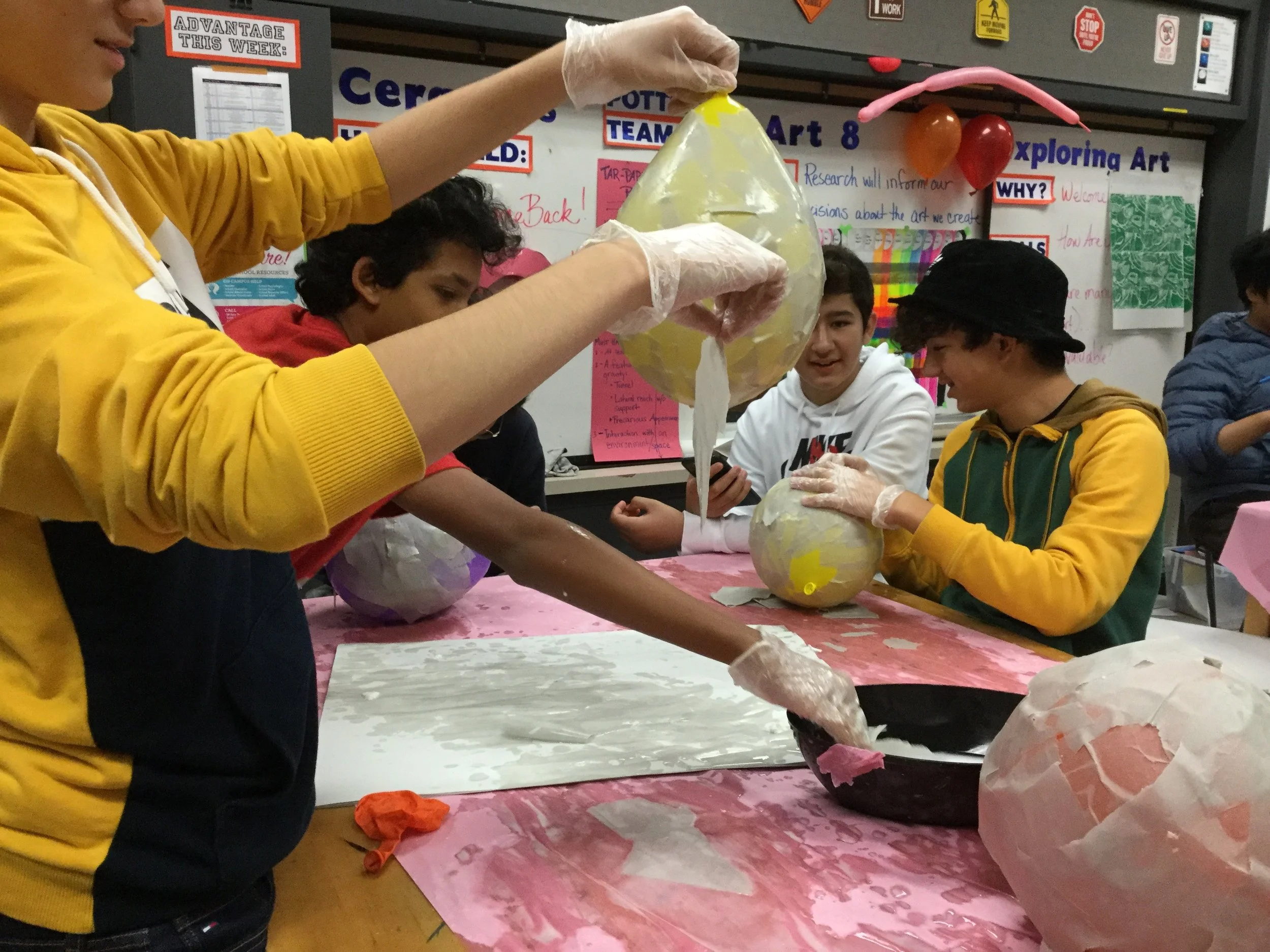
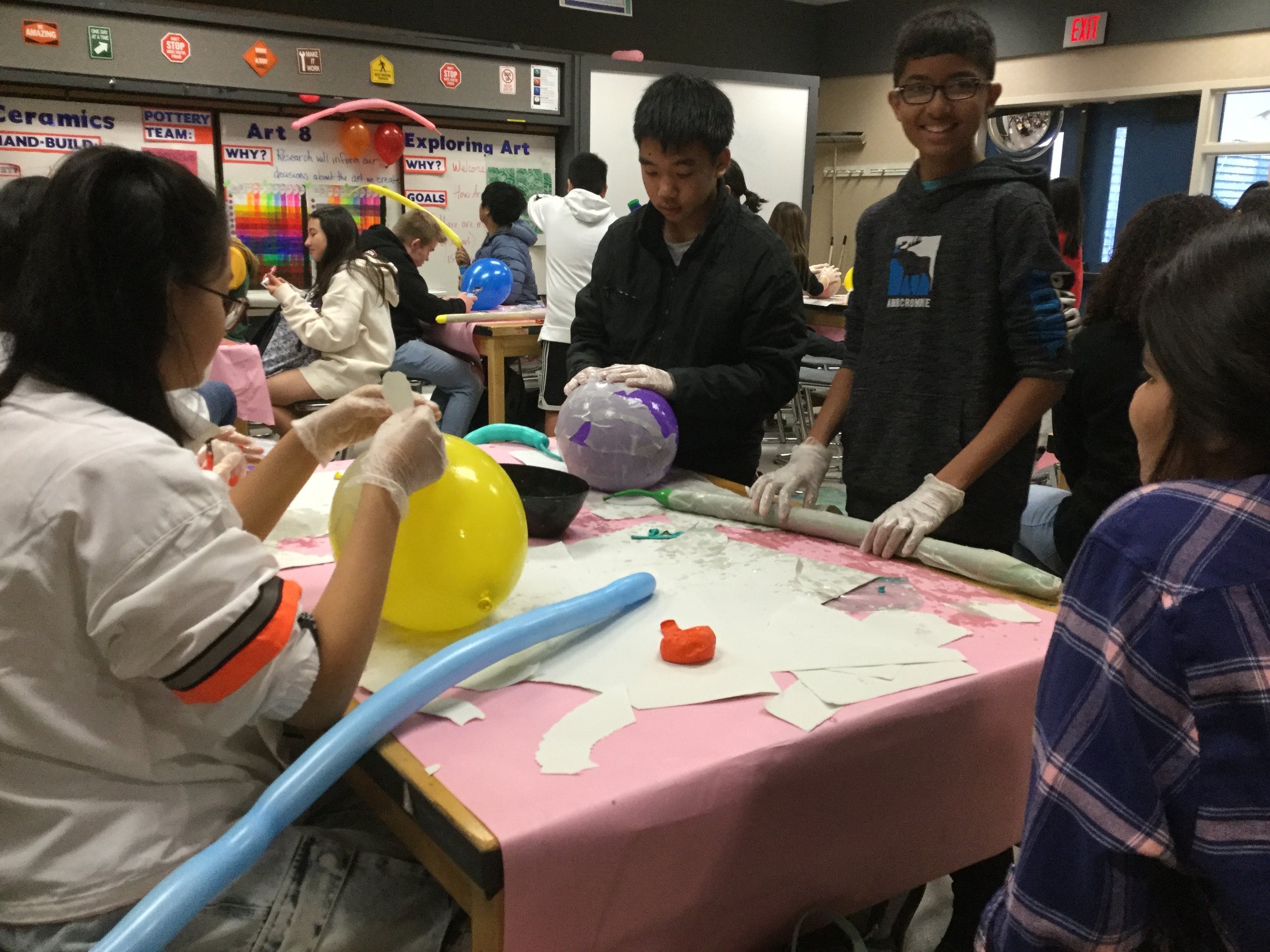
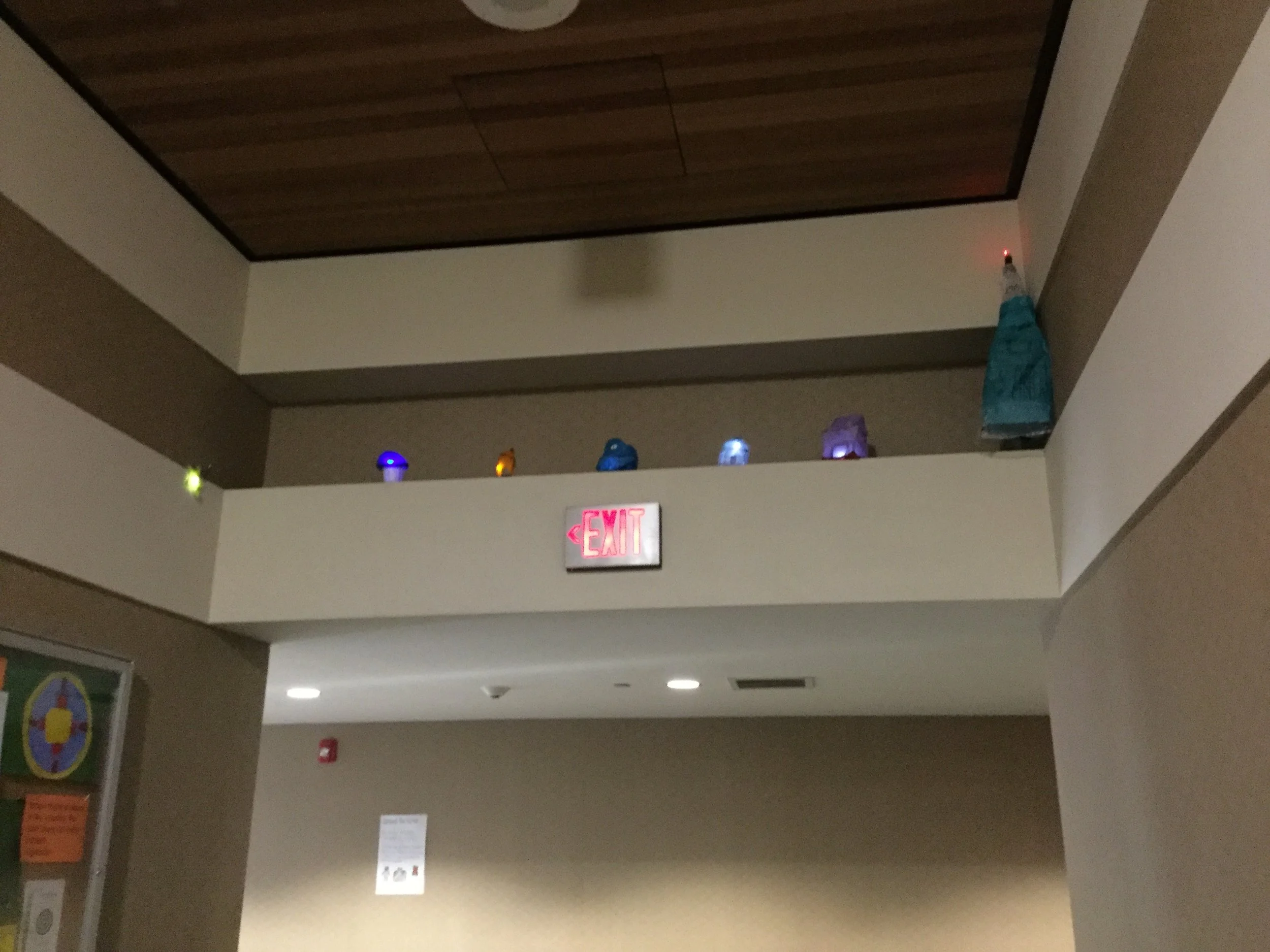

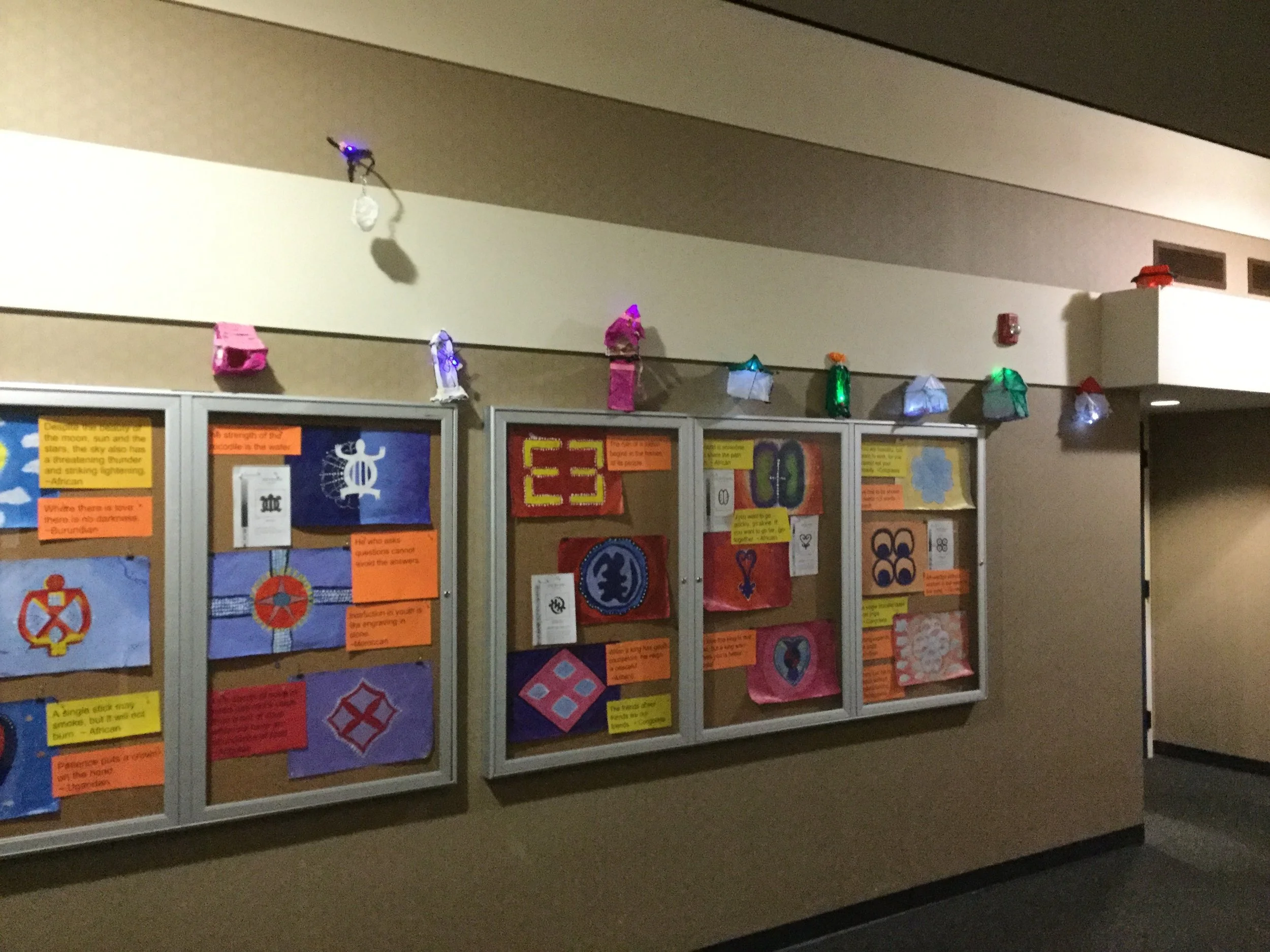
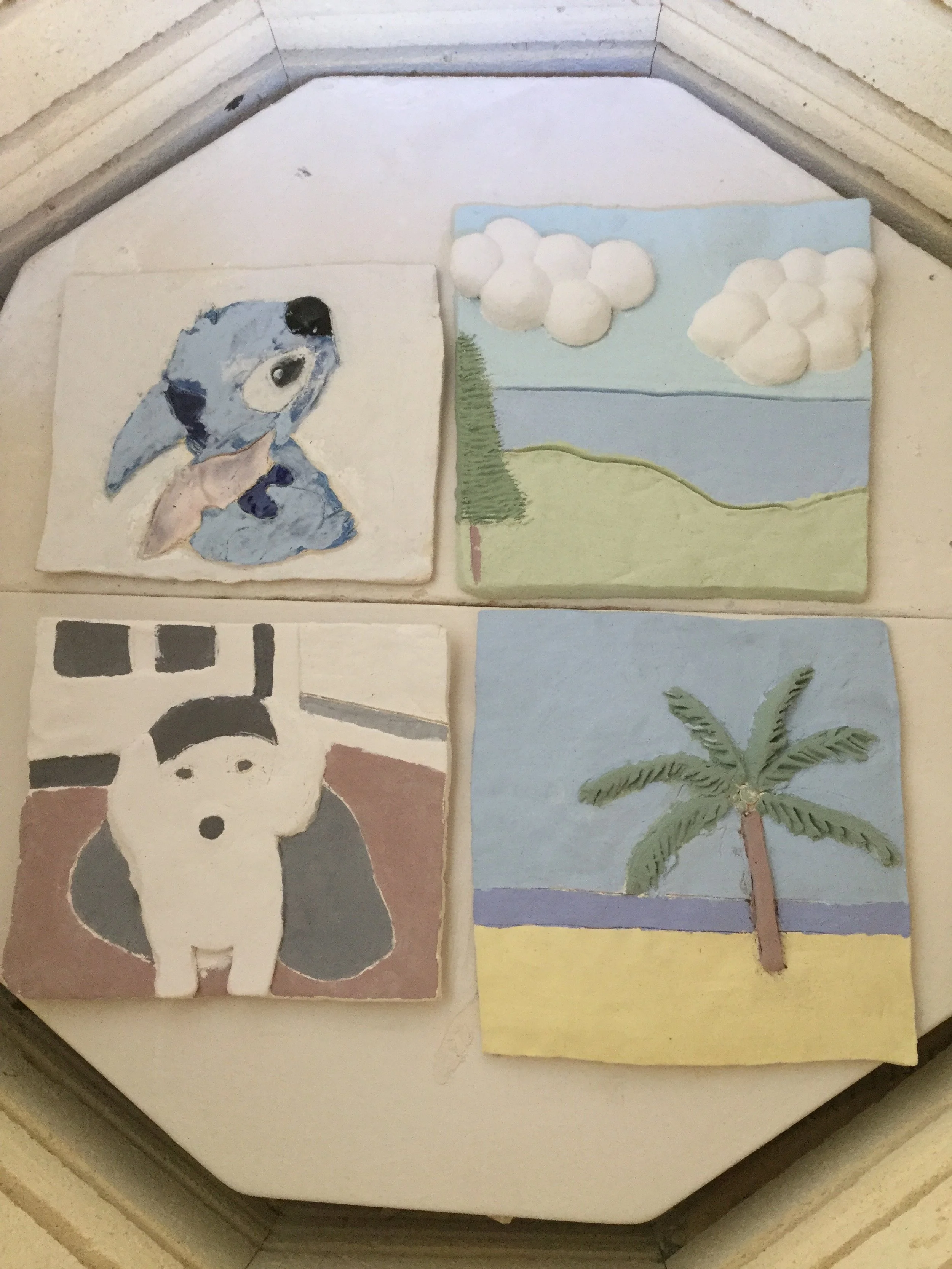
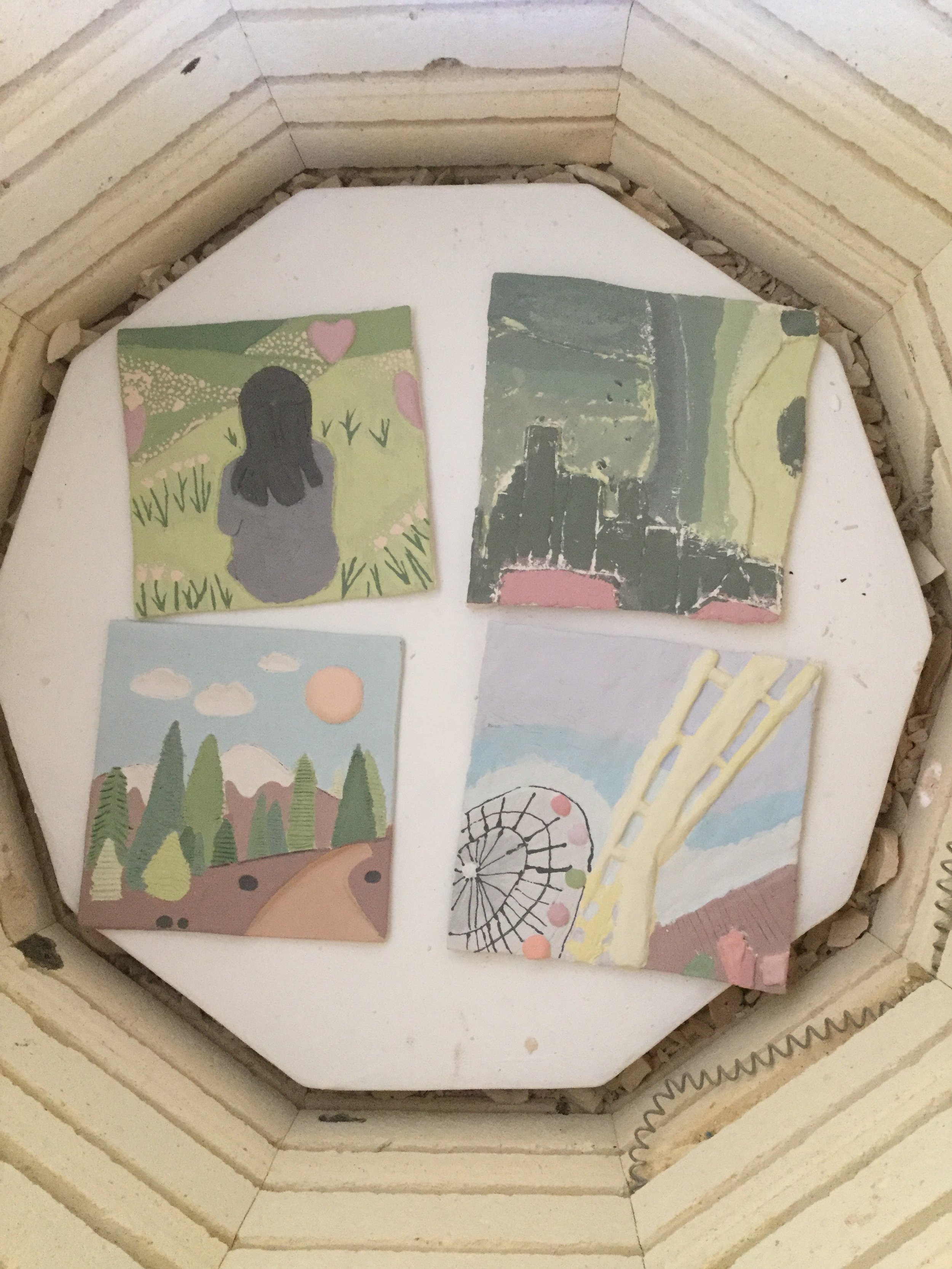
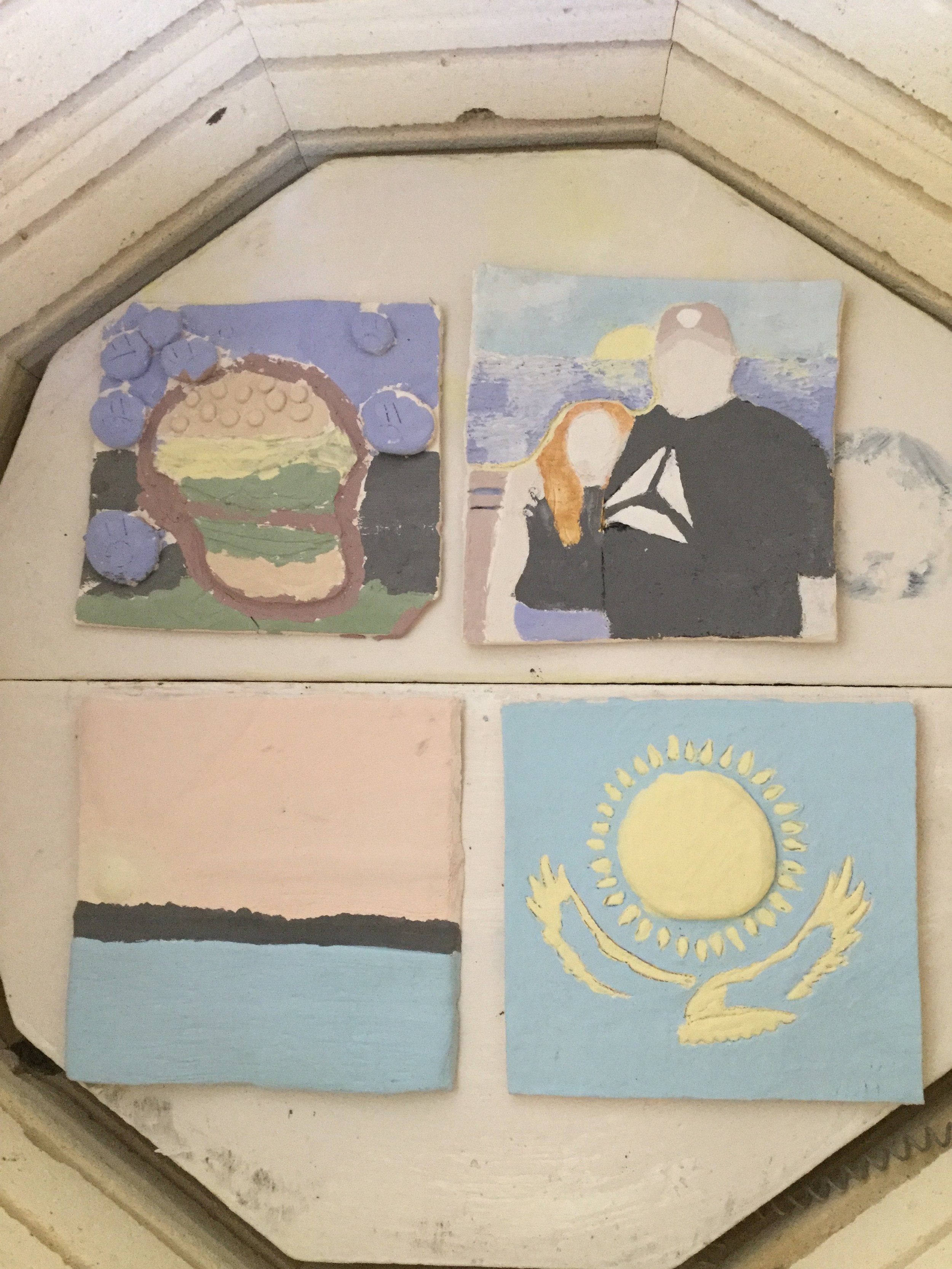


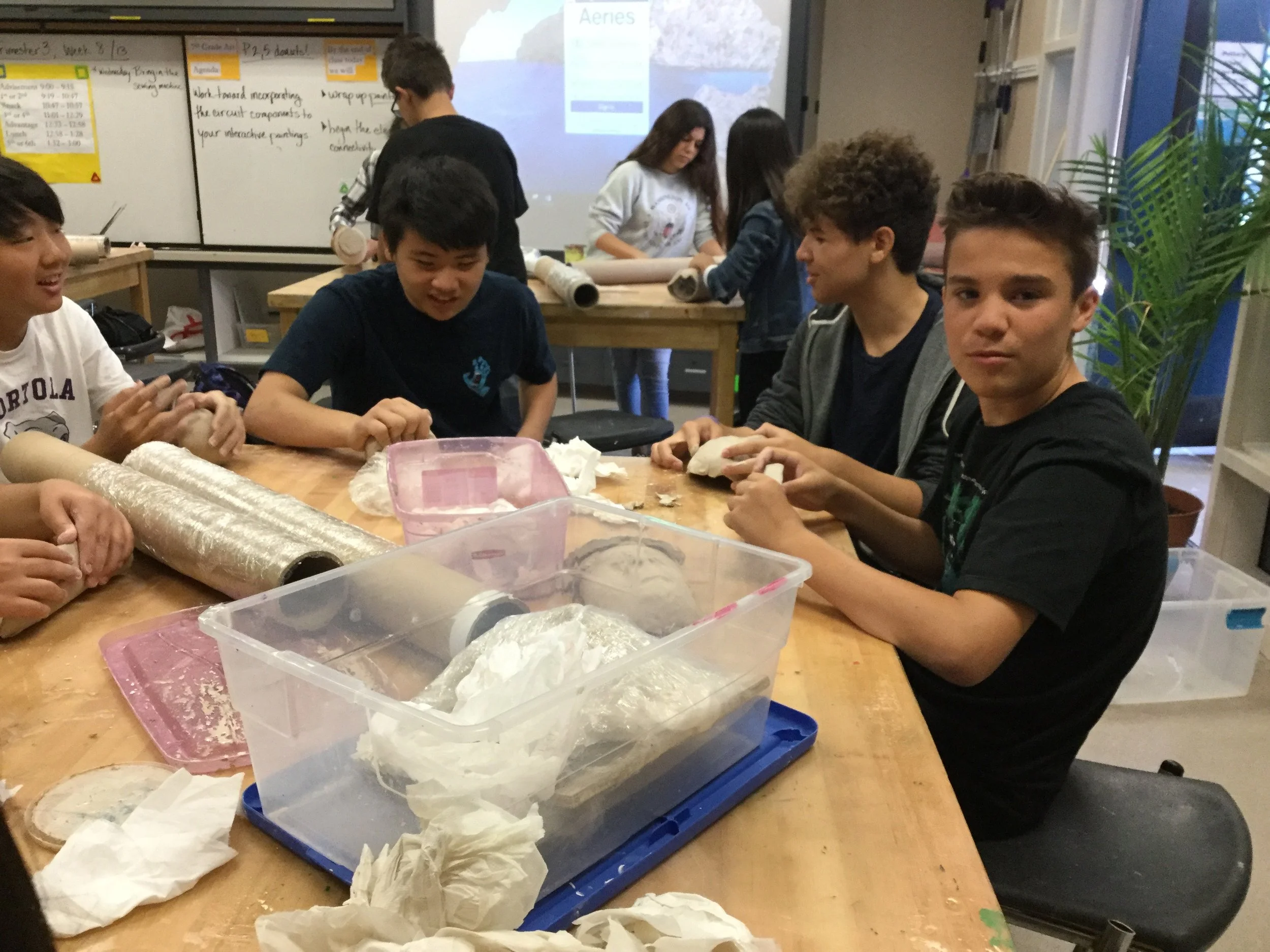
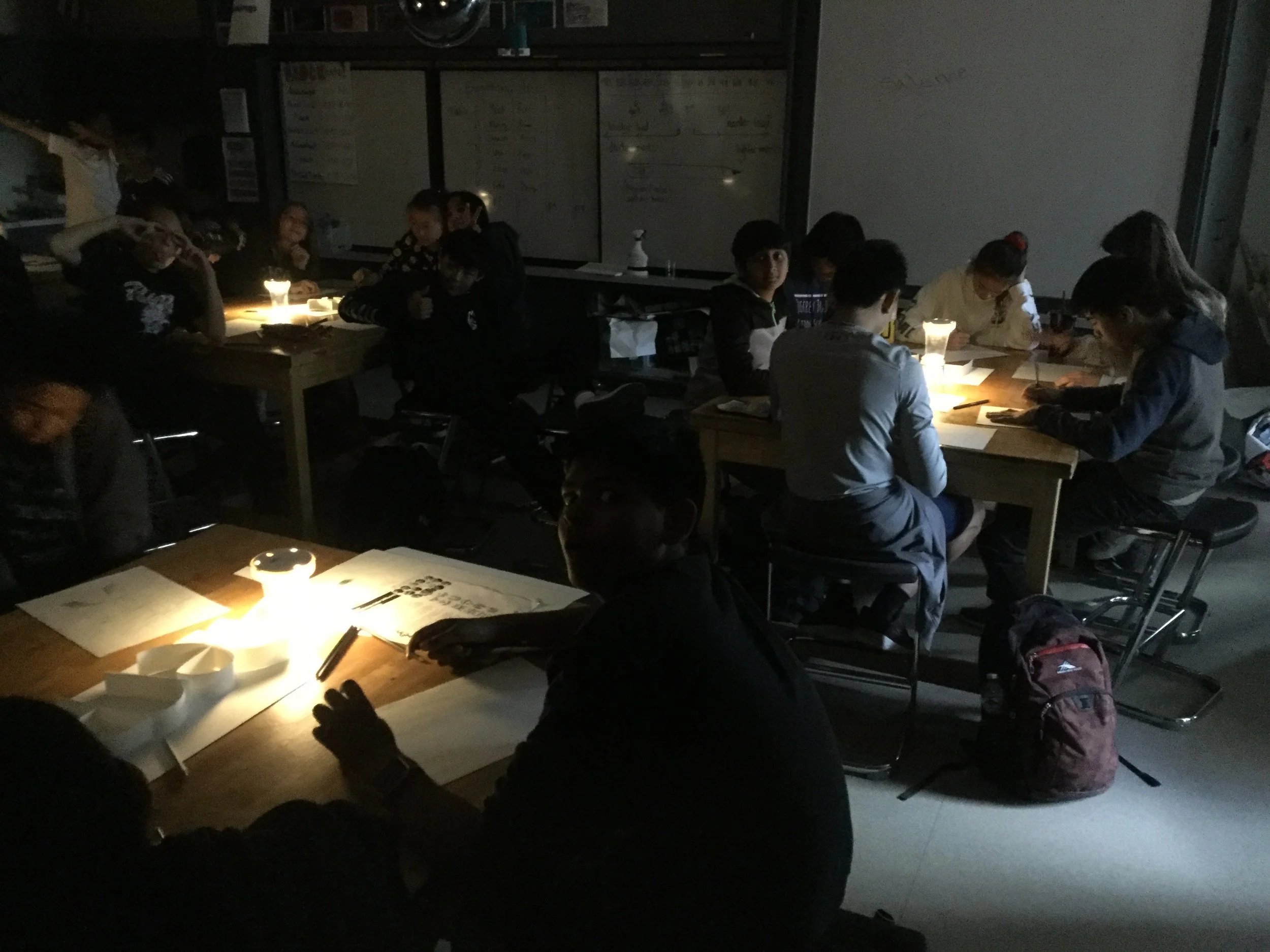
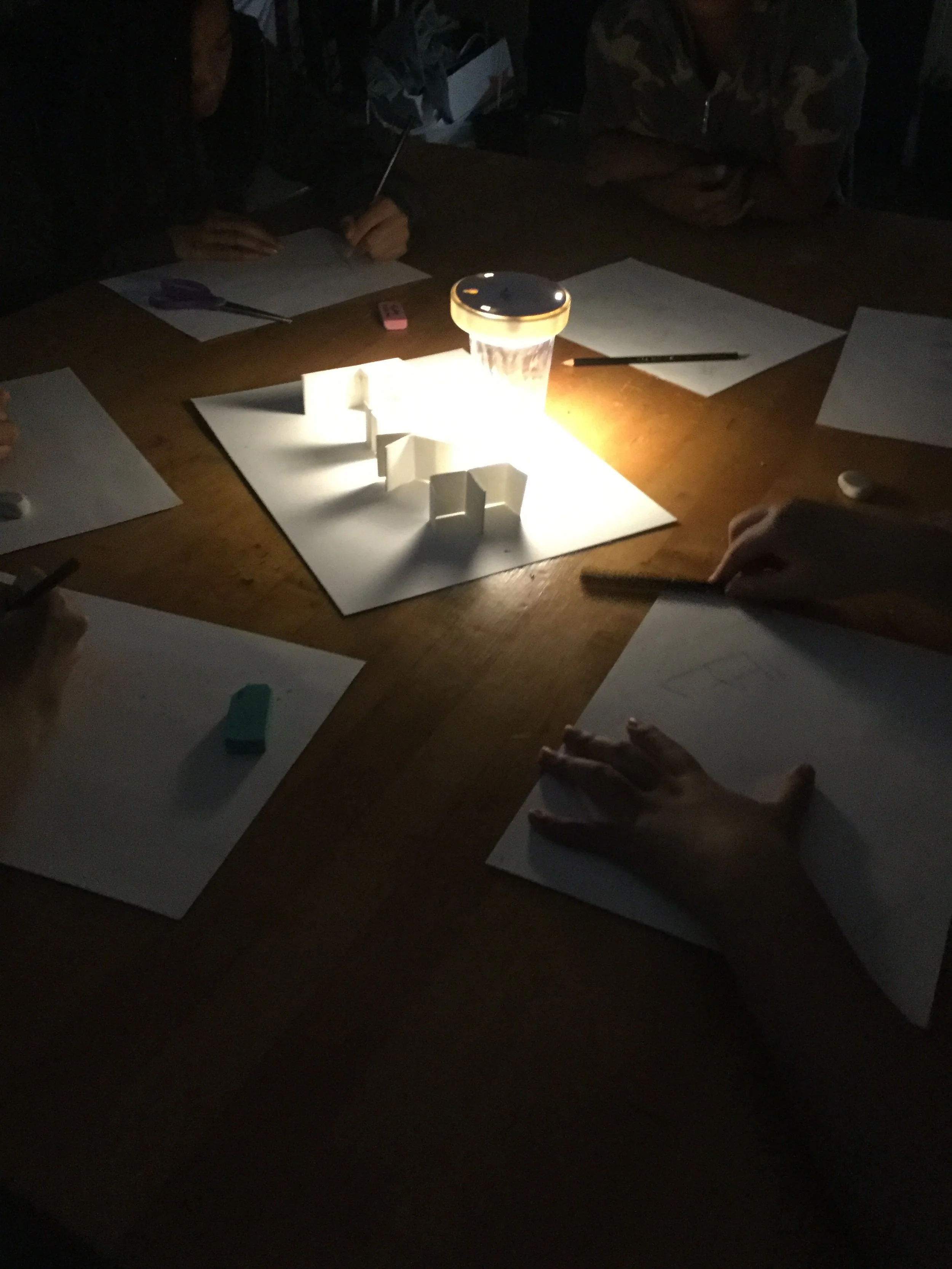

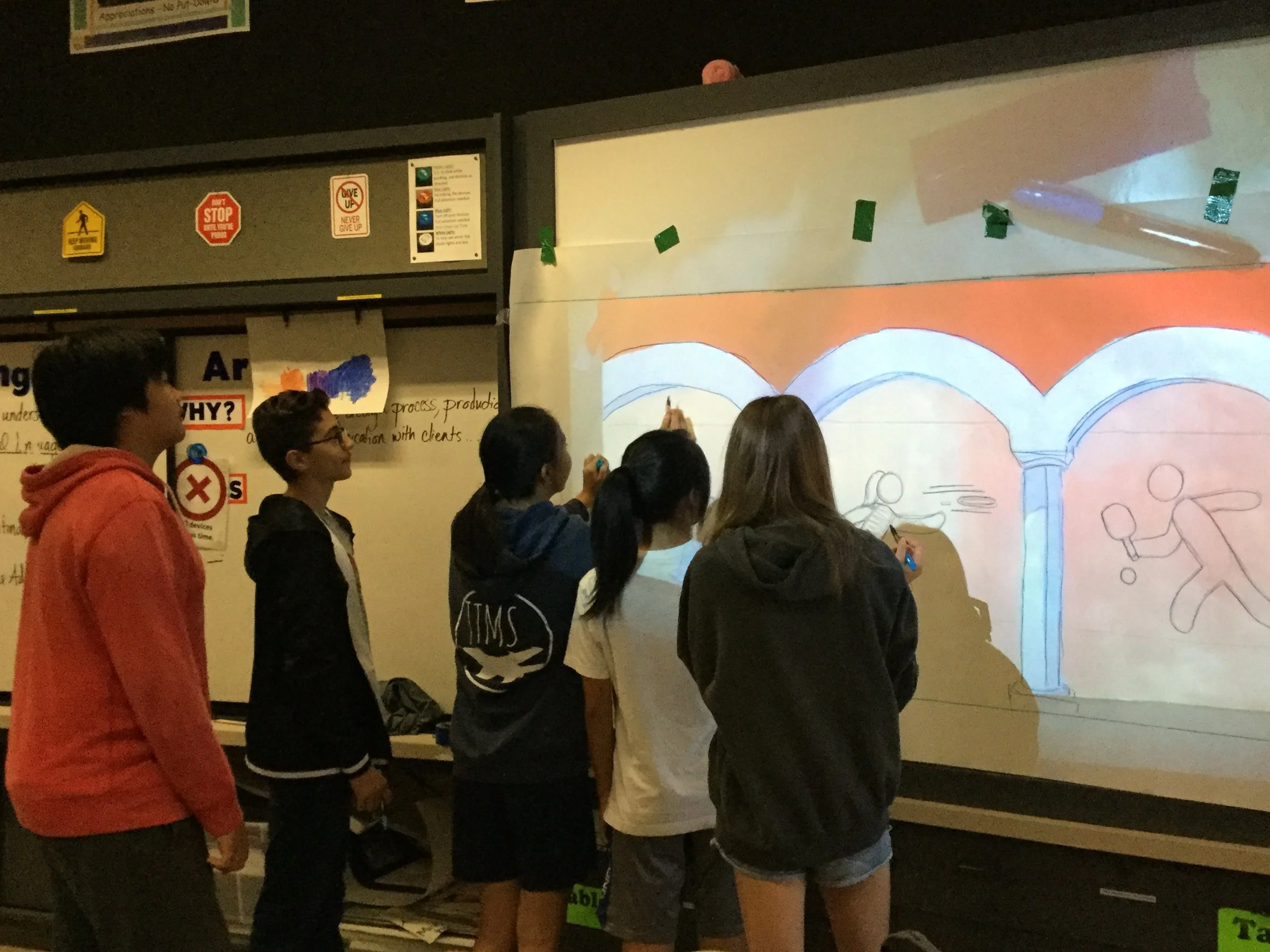
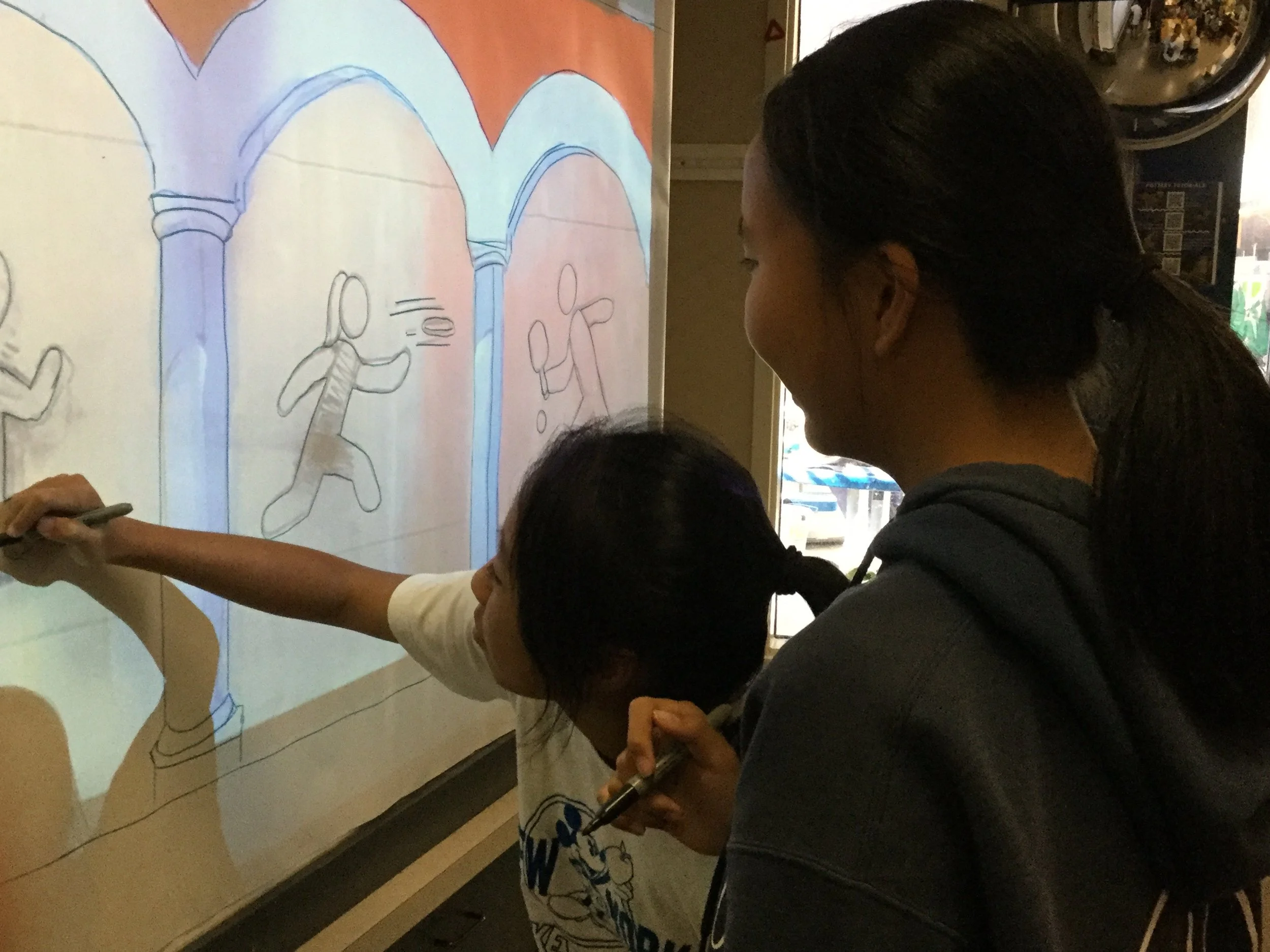
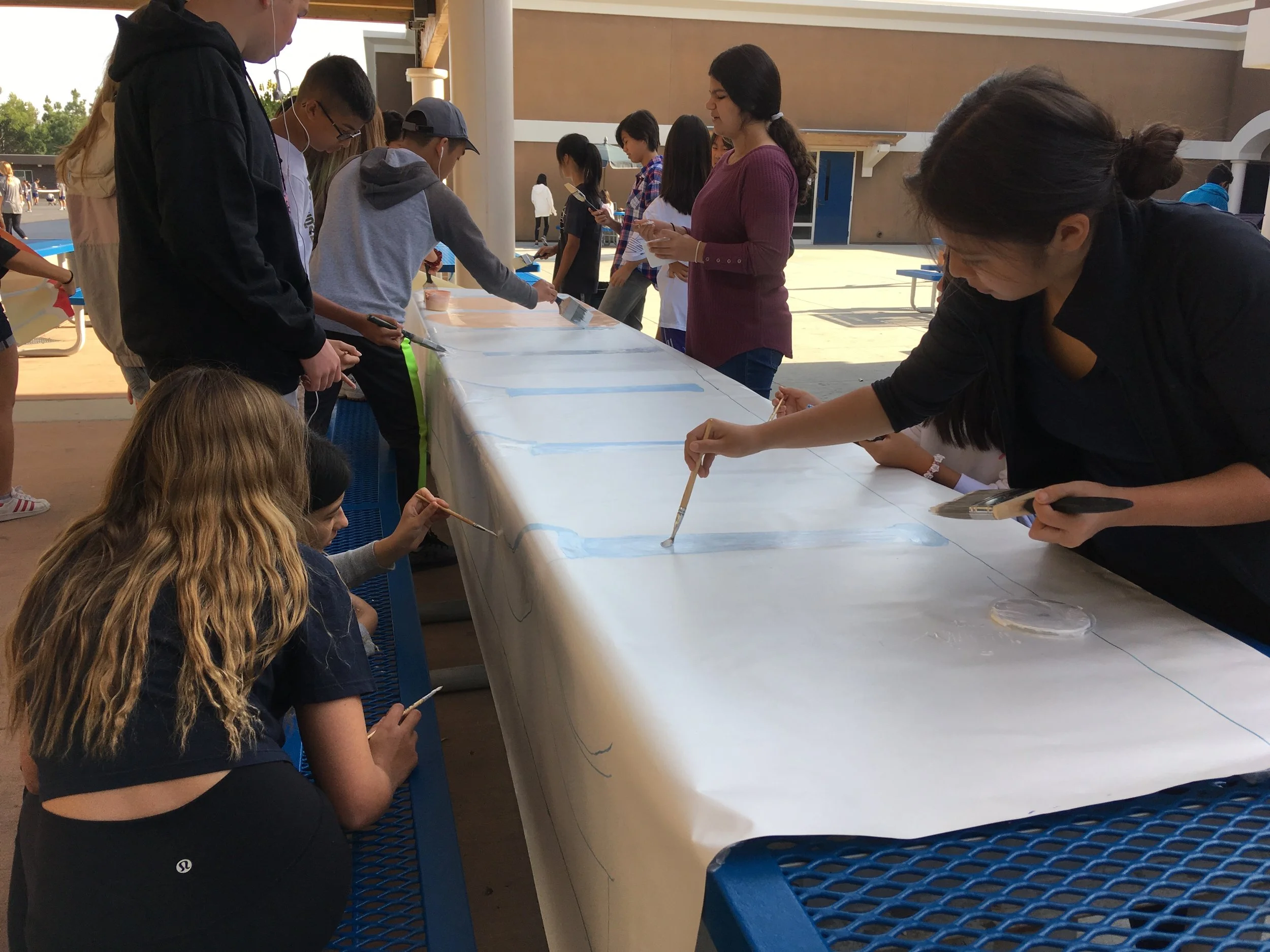

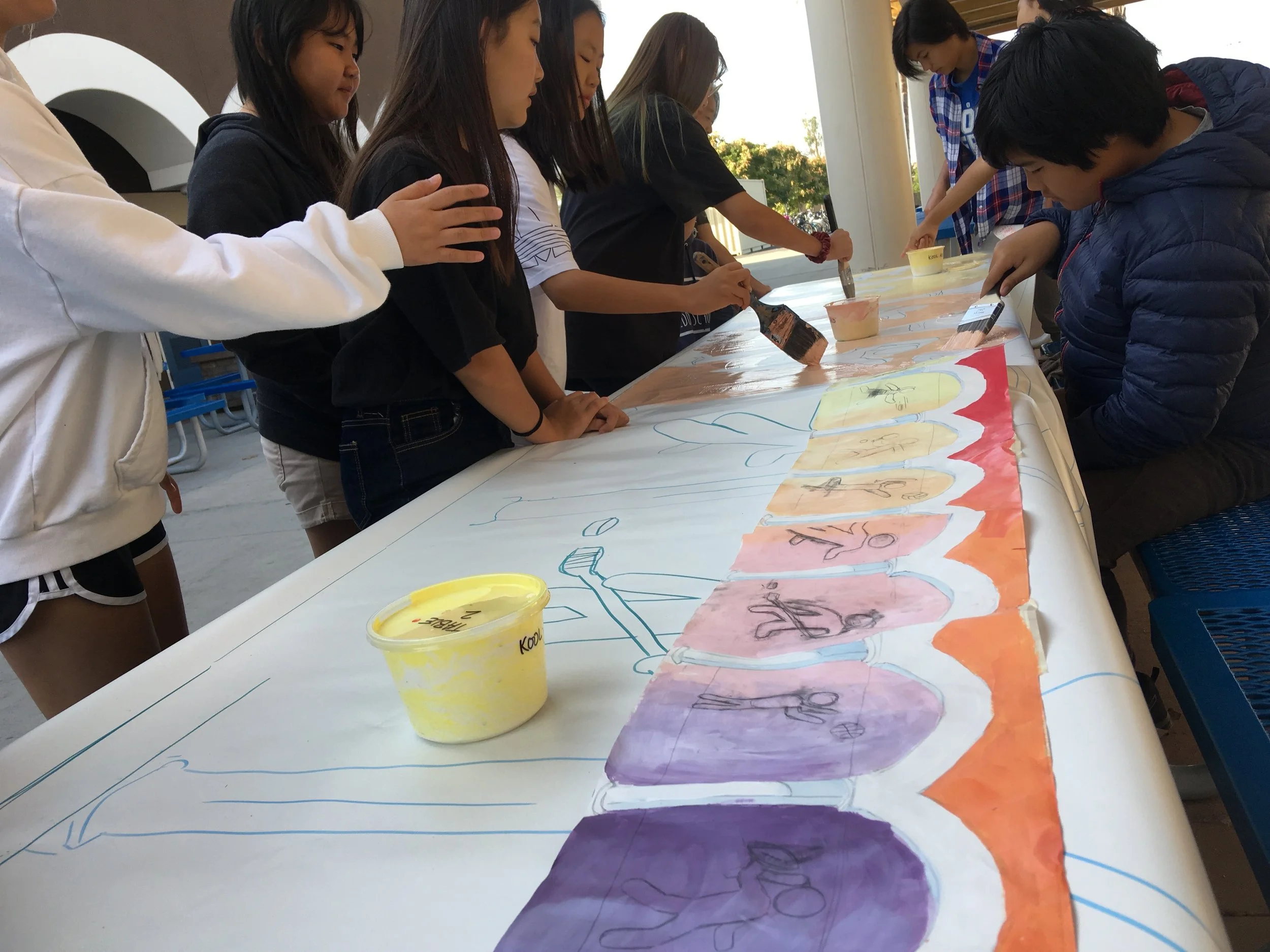




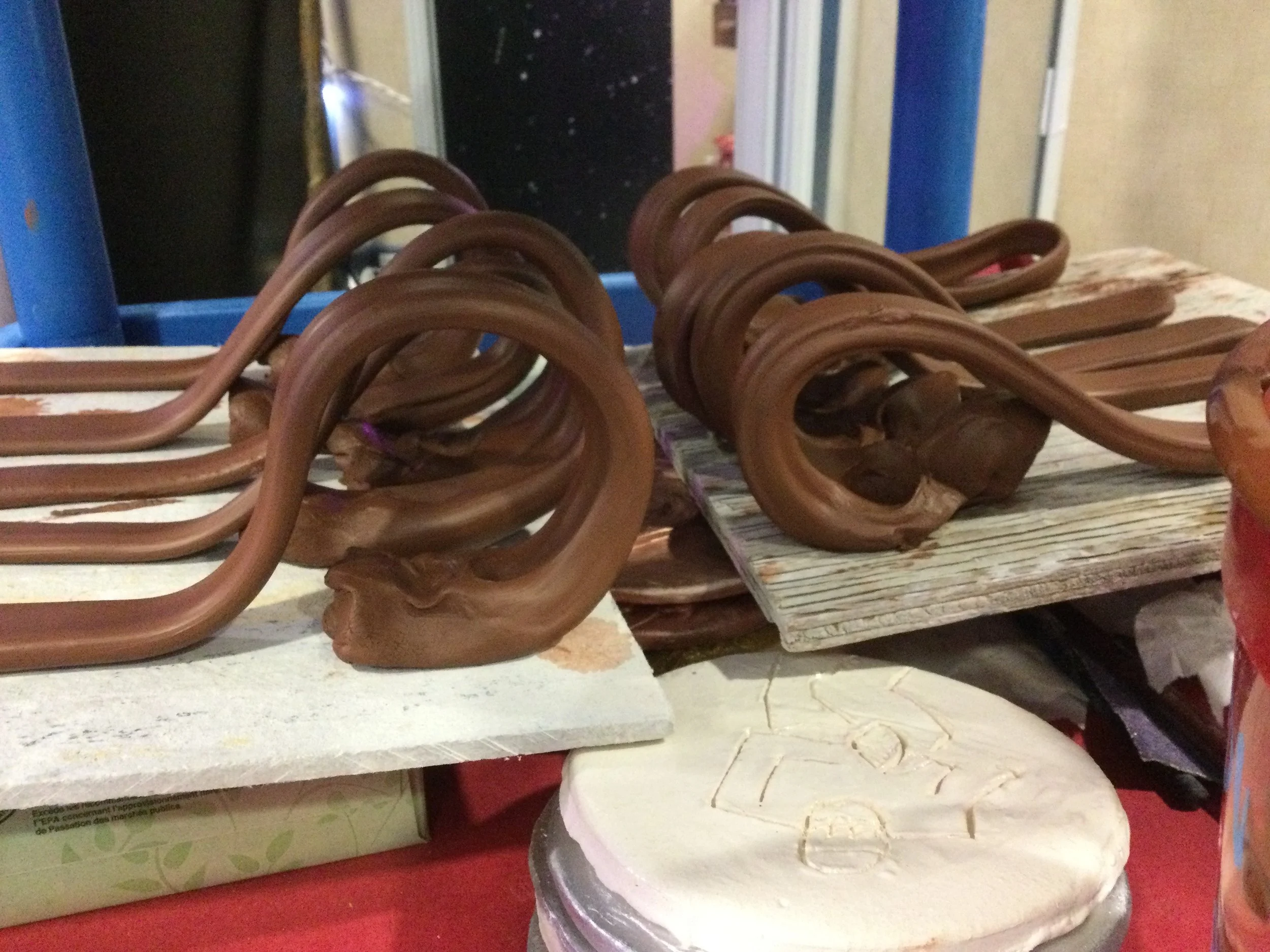
Student Works: Ceramics For Older Adults
-
Slip Casting and Hand Building Techniques
Introduction of a variety of professional and adaptive techniques to utilize for planning and creating a variety of hand-built works. Focus on therapeutic techniques when hand-building, and an emphasis on including texture and employing risk-taking and creativity. Community-building critiques completed at session end.
-
Contemporary Ceramics Artists Survey
All lessons tied to examples of contemporary Ceramics Artists, including connection to each artist’s social media account and/or website for further exploration if students are interested. YouTube videos and QR Codes on Agendas further connected students to project ideation and technique exploration.
-
Low Fire Finishing Techniques Exploration
Students explored underglazes, colored slip application and carving, oxide washes, cold finishes, and a variety of glaze finishes.


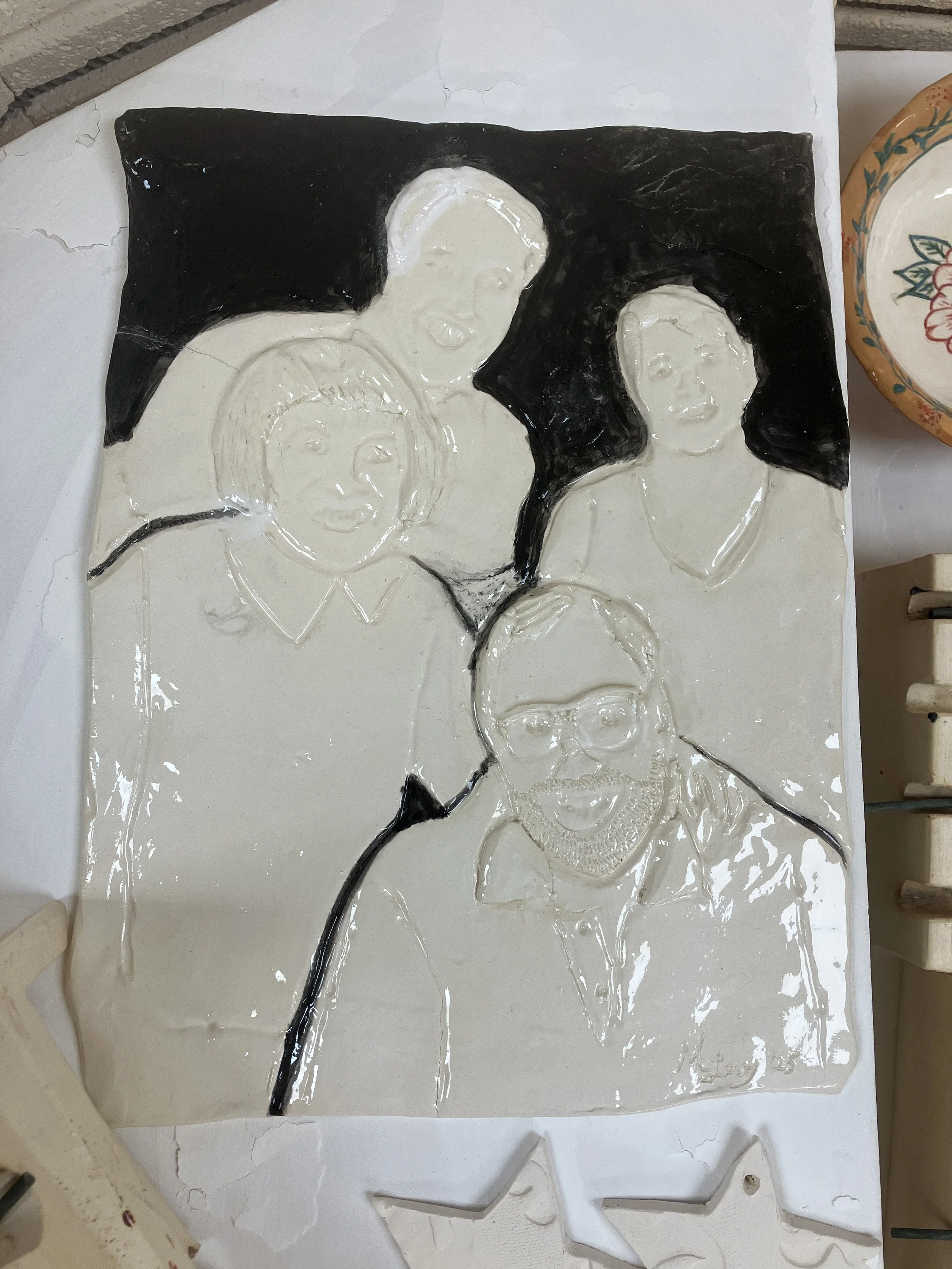
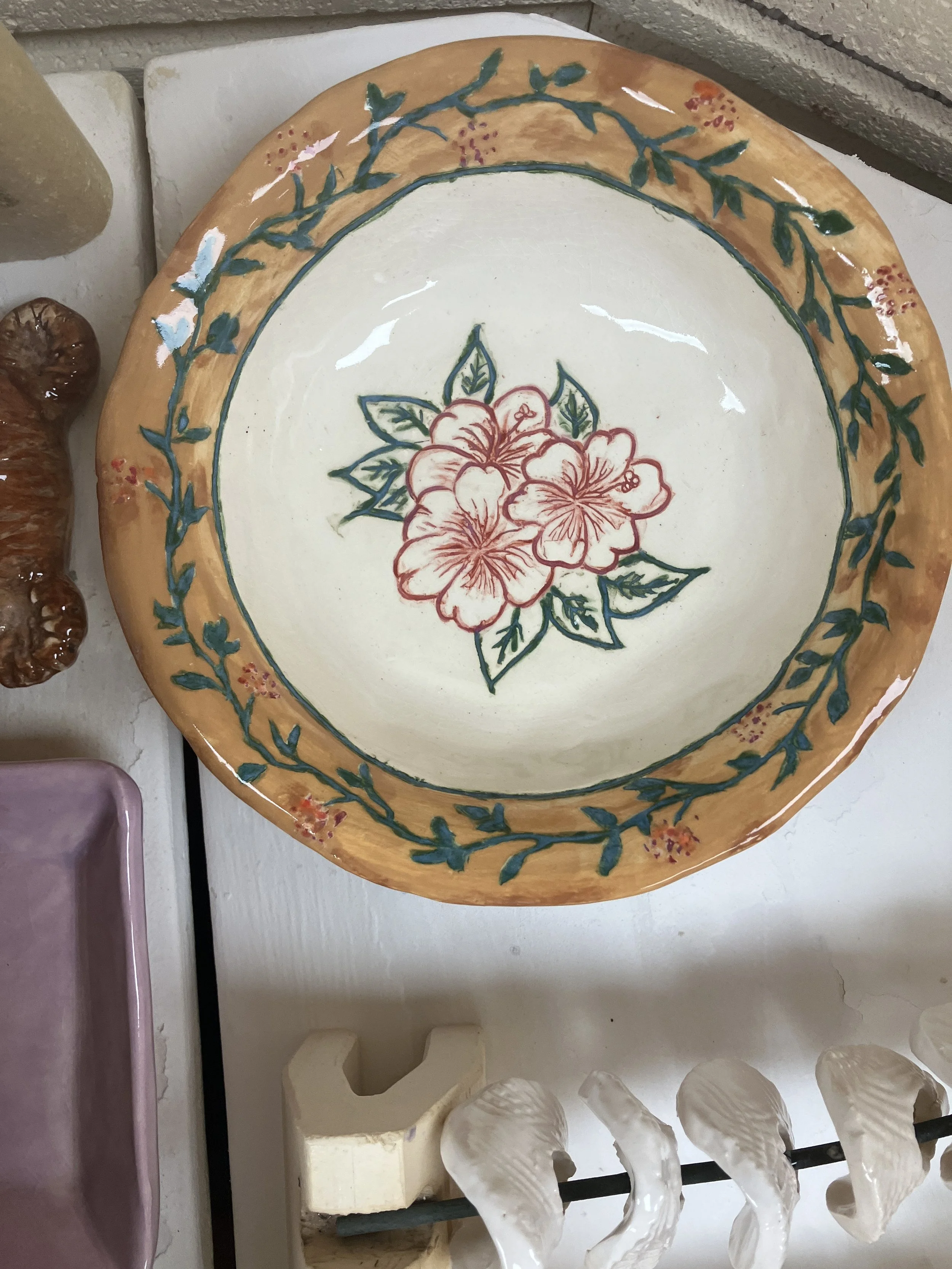

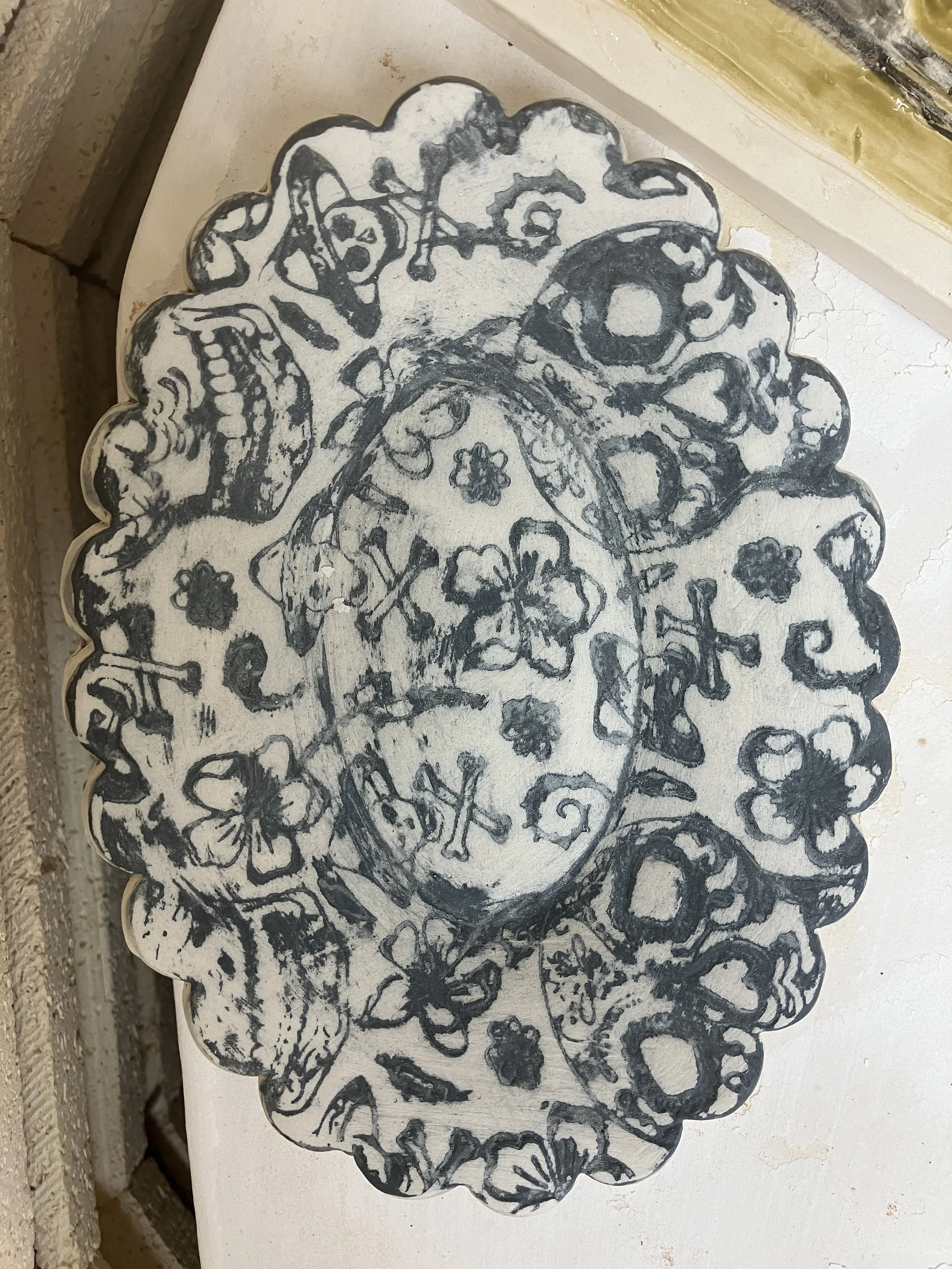

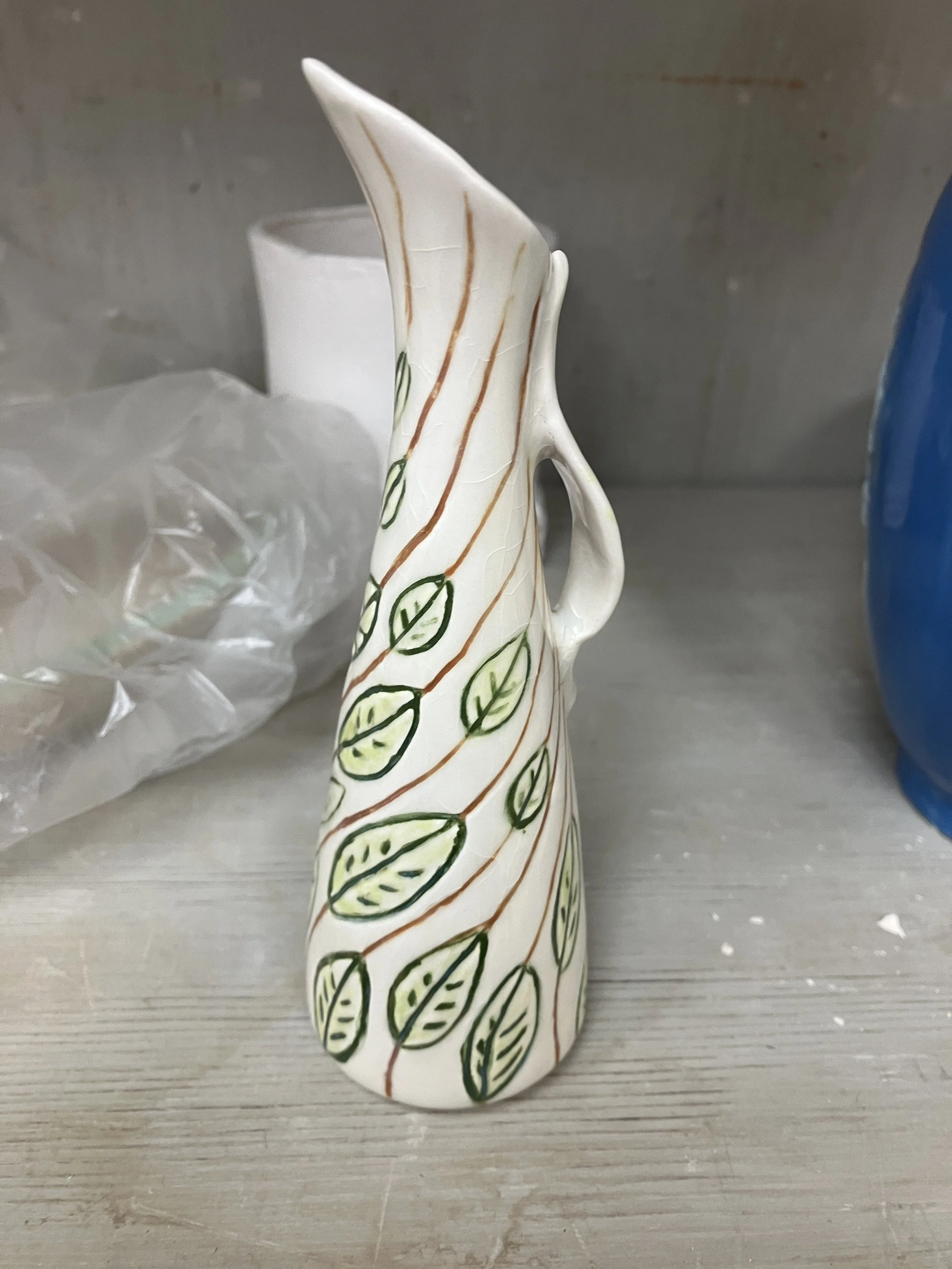
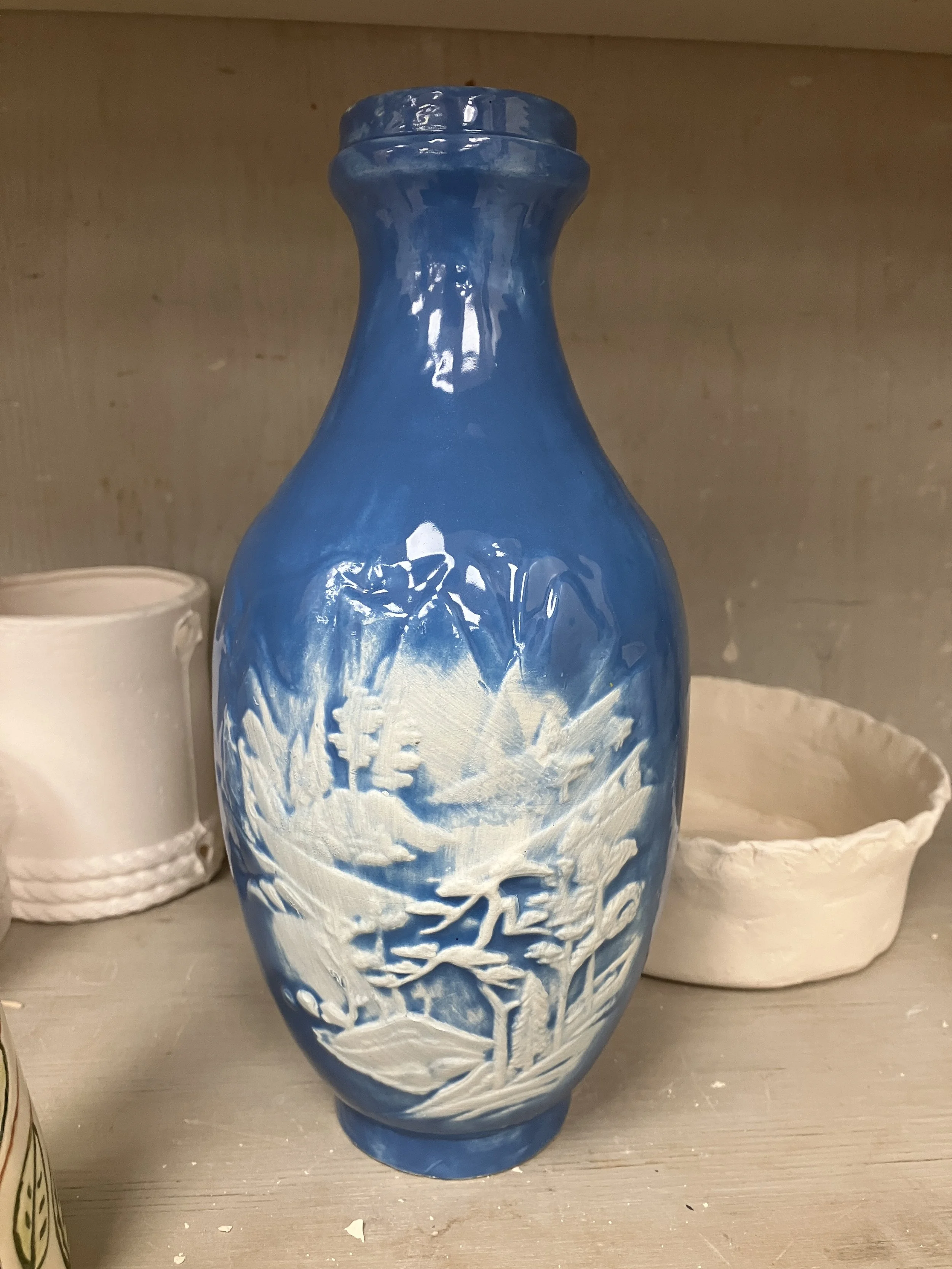
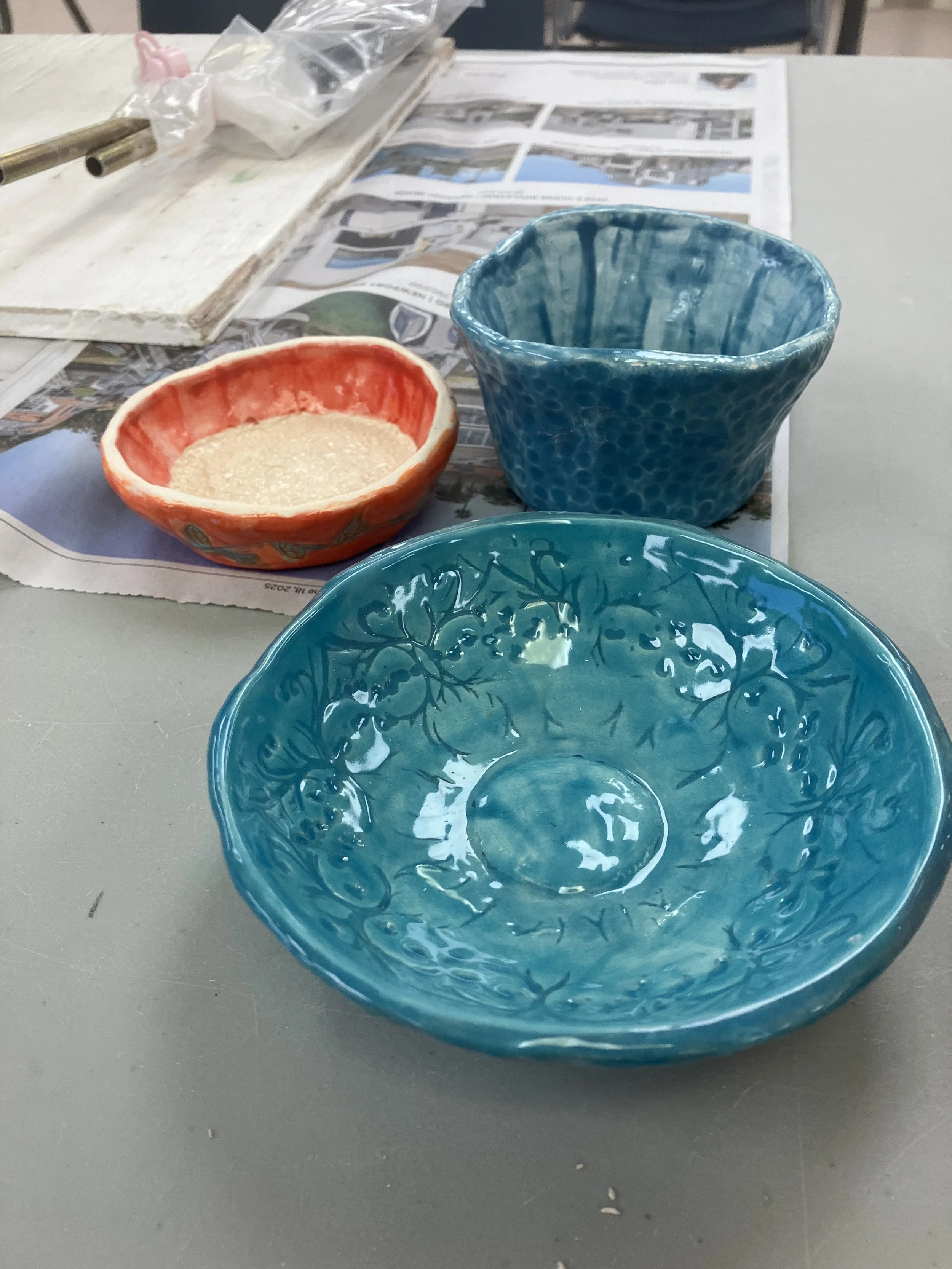

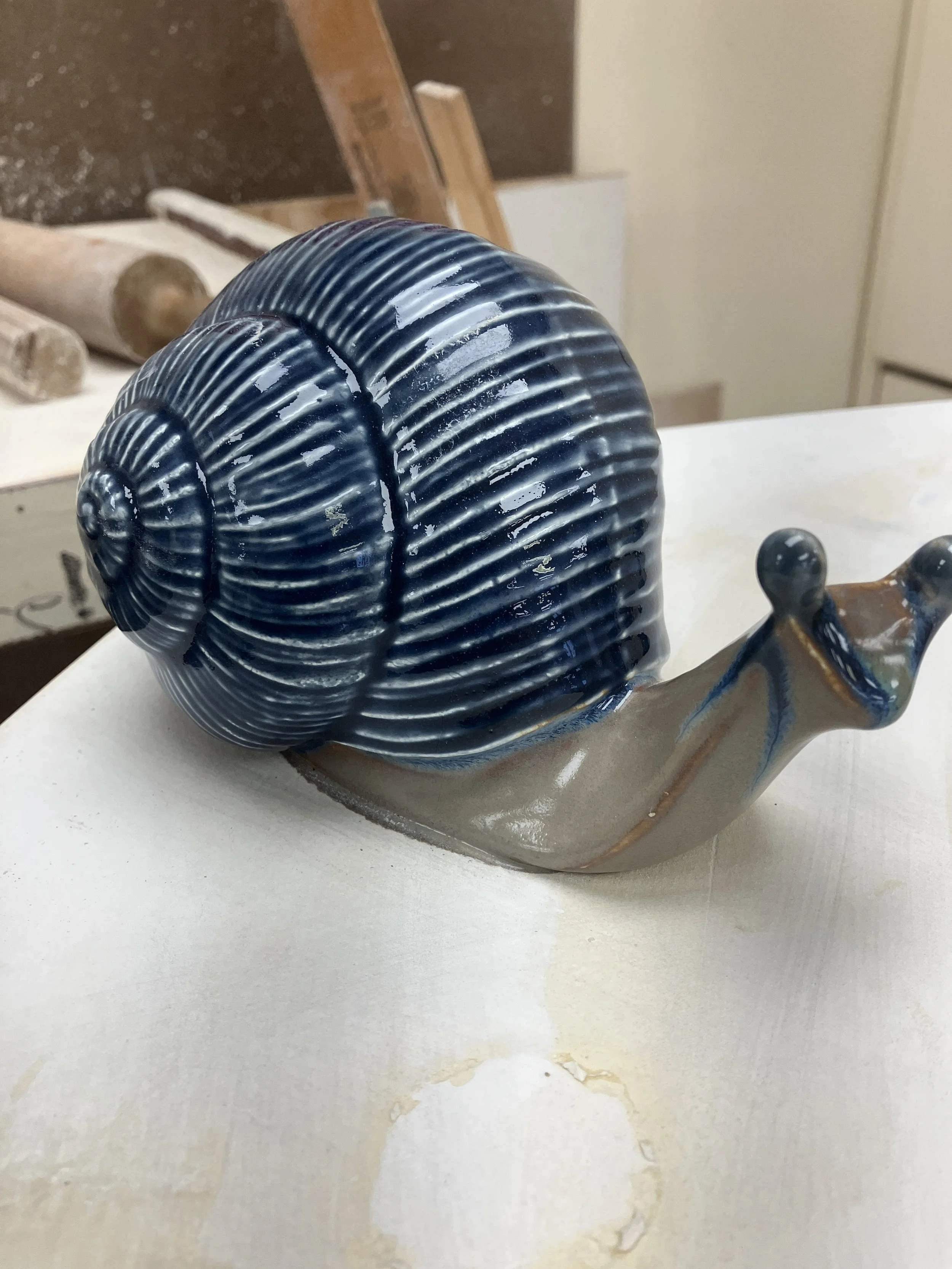
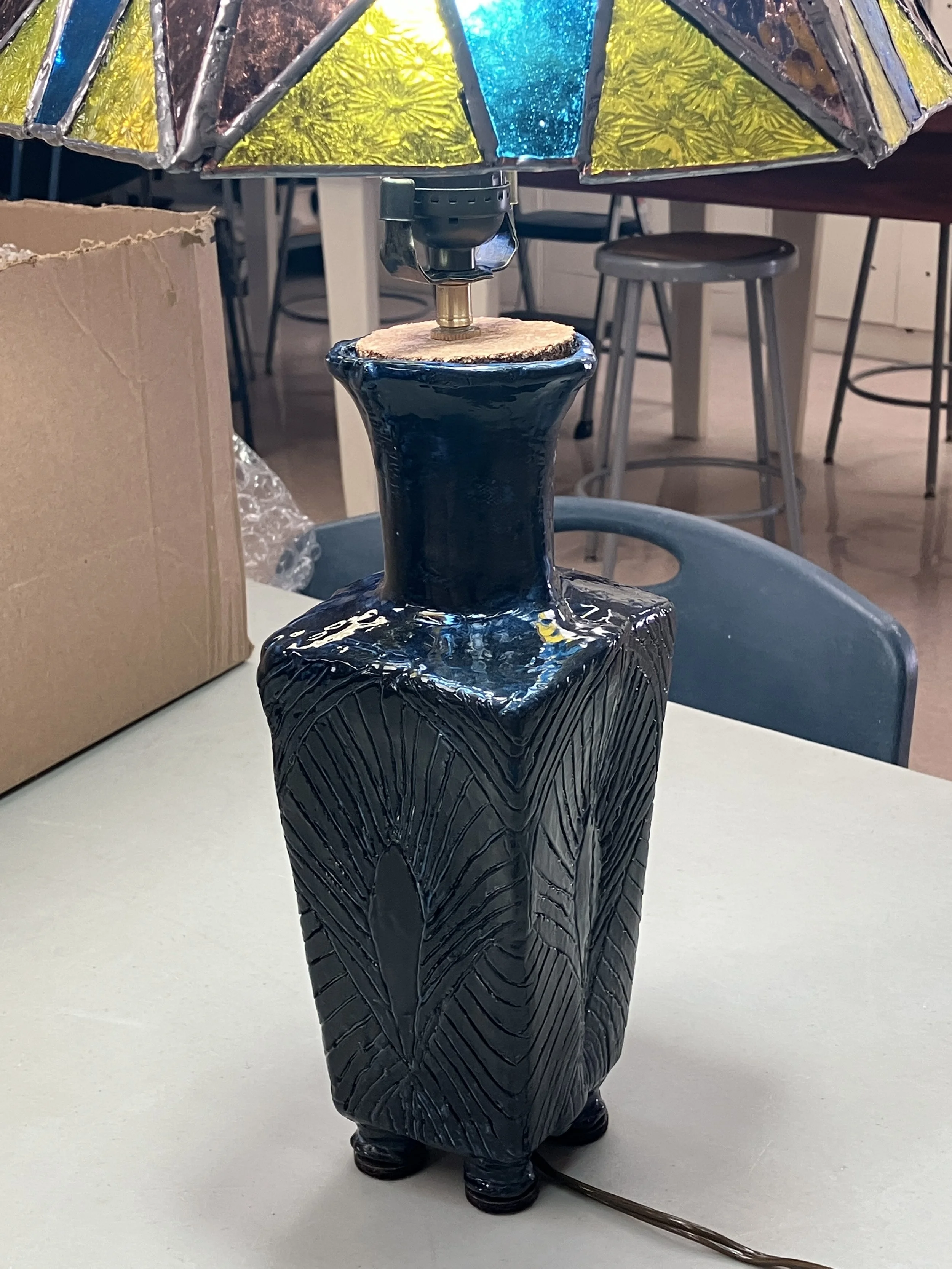

















Curriculum Design
-
Standards-Based Visual Arts Curriculum
My courses have a strong foundation in the California and National Visual Arts Standards differentiated for each grade and developmental level, and then are tailored to student interests. I use the Arts as a language to communicate. Often I challenge students to convey an idea or opinion visually, then gain feedback or critique to see if their intended message was perceived as they thought it might be, or if divergent responses were the result of the communication between artist and viewer. The creation and review of the student portfolio gives many opportunities for reflection in student work, and its connection to their life outside the classroom.
-
Connection to the Contemporary
All lessons tied to examples of contemporary living Artists, including connection to each artist’s social media account and/or website for further exploration if students are interested. I employ YouTube videos and QR Codes on Agendas to afford students additional opportunities for project ideation and technique exploration. It is important to me that students do not see me as the one source of information, nor my techniques as the only right way to create something. Divergent and Creative thinking is practiced and encouraged regularly in my classrooms, and I do believe their results are demonstrated in the high quality of student art works.
-
STEAM Education
In all courses I have designed and implemented, I have included the Arts as a vital component of a STEM Education. I connect Environmental Sciences, Chemistry, Maths, Engineering, and Technology as equally important components of student learning, directly connecting each with the process or potential of objects we create in class. Heavy utilization of Design Thinking and risk-taking in creating works fosters authentic interest-generated research and trial-and-error explorations. Establishing an environment where students feel safe to trust and try this process, and modelling attempts, failures, and resilience in the process is my priority to foster student success.

